Amaranth Borsuk, University of Washington, Bothell
(Published November 18, 2019)
About this kit
The Abra Codex is a template for generating a one-of-a-kind artist’s book. The codex is modeled on Abra: A Living Text, a born-digital artists’ book produced in 2015 through an NEA-funded Expanded Artists’ Books grant from the Center for Book and Paper Arts. Abra: A Living Text is more than a book—a collaboration between Amaranth Borsuk, Kate Durbin, and Ian Hatcher, it consists of a limited-edition handmade volume and a freely available iOS app, which can be read separately or together to create a continuous touch-screen experience from the surface of the page to the surface of an iPad or iPhone. In both its print and digital forms, Abra takes advantage of the affordances of its materiality to animate the text and invite readers to caress it with their fingers.
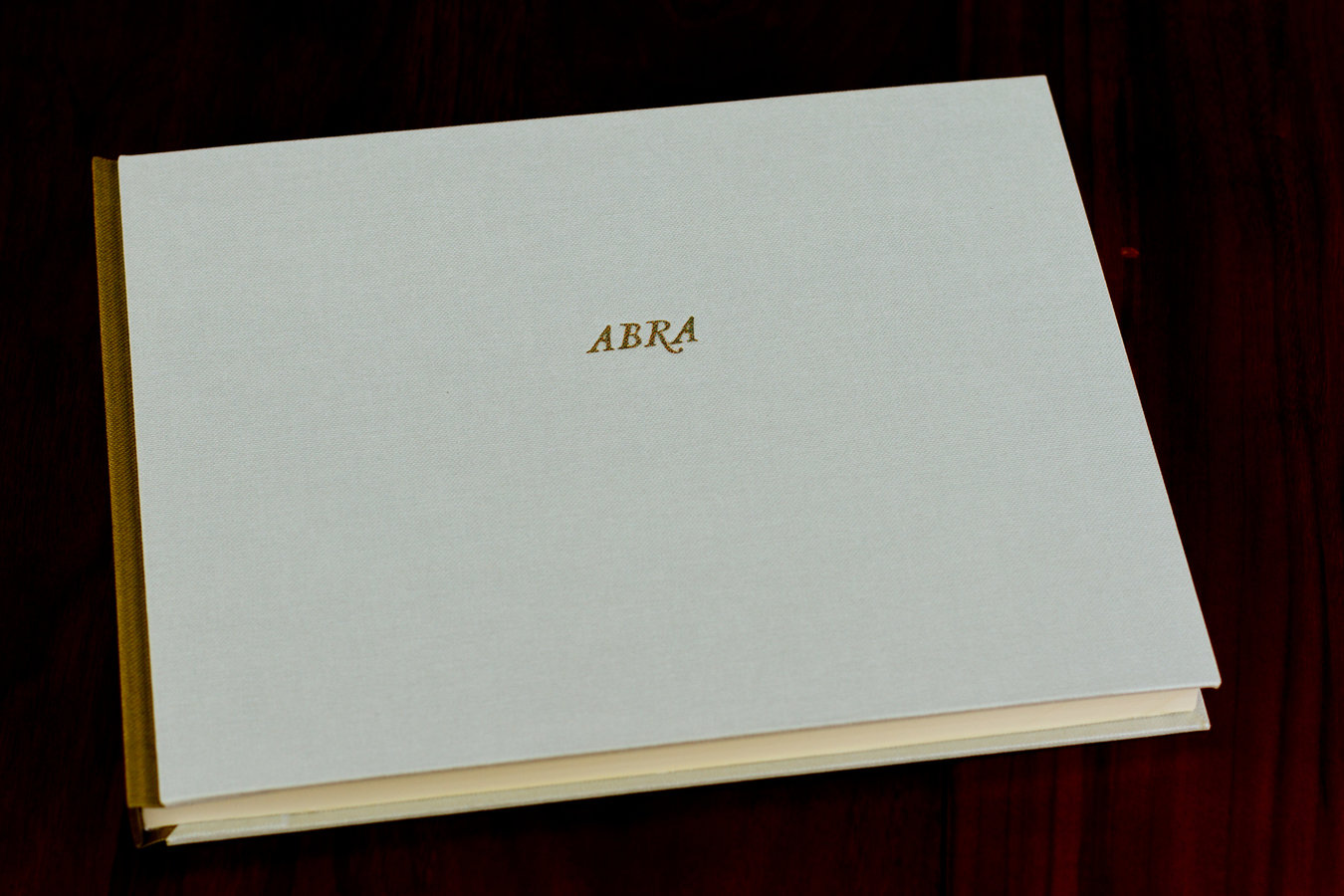
Figure 1. The limited edition artist’s book Abra: A Living Text, produced by Amy Rabas at the Center for Book and Paper Arts in 2015.
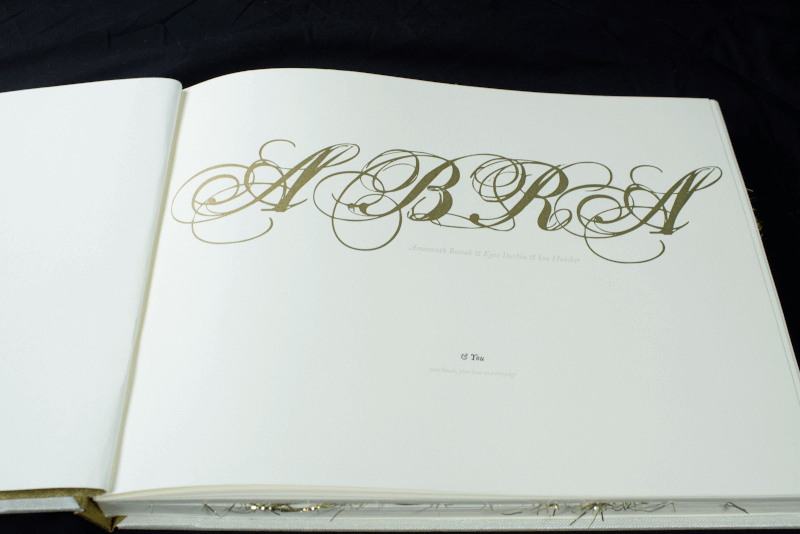
Figure 2. A page-by-page traversal of Abra: A Living Text encompassing both the handmade book and iOS app.
This kit, The Abra Codex, provides readers with the source files to print, bind, and decorate their own copy of the Abra artists’ book, using whatever tools they have at their disposal. In this way, a new, open edition is made possible—one in which no two copies will be alike—and the artists’ book, plural because of its three collaborators, becomes an artist’s book, singular as the work of its new maker. As a proposal for an edition of one-of-a-kind volumes (itself a paradox); The Abra Codex exists at the intersection of the fine-press limited edition and the democratic multiple—two strands of the artist’s book tradition. Although not all of the features of the limited-edition book can be readily emulated, we have endeavored to make as many of the elements of Abra: A Living Text accessible as possible. We welcome suggestions or emendations by other scholars, readers, and makers who see ways of furthering the goal of reminding readers that the page, too, is a touch-screen interface.
From its inception, the intention behind Abra has been to create a text that belongs to its readers, adapting to them and inviting them to see themselves as the locus of the work’s meaning. In each iteration of the project, readers’ capacities to enter into the work take a different form, with the most explicit opportunity to alter the text available through its iOS app, in which they can add language, alter what is there, and save their texts with a swipe of their fingertips. Our goal with this Critical Making Kit is to make the artists’ edition of the book more widely available, to facilitate discourse about the continuities between the project’s print and digital embodiments (which are otherwise restricted to those with access to one of the few hand-bound artists’ books), and to encourage readers to customize their copies, making each a unique artifact in its own right. Critical making, in this context, “places emphasis on the making process itself […, which] may produce as much knowledge as the polished, finished product” (Barness et al, 6). It is through a hands-on engagement with the materiality of the codex that readers can consider the various lineages in which the project participates: book history, the book arts, and electronic literature. Our hope is to feed conversations about the history of the book and reading and to make evident some of the concepts that informed the evolution of this project. Perhaps most importantly, we want to extend Abra’s goal of creating a magical spellbook for generating new texts.
Technologies and Materials
- Printer (color or black and white)
- Laser cutter (recommended) or X-Acto knife
- Ruler
- Cutting mat
- Awl
- Bone/Teflon folder or mechanical pencil
- 9” cardboard strip, at least 1” wide (for punching holes)
- 4 binder clips
- 4 binder’s needles
- Gold and silver markers, faux gems, embellishments, paint, pencils, or other coloring materials (optional)
- 13 feet of 2-ply, heavily waxed binder’s thread in any color you like
- 33 pages of 8.5 x 11” lightweight cardstock or heavy-weight paper
- Clear packing tape (optional; recommended if using paper rather than cardstock to reinforce the edge of the page to be sewn)
- 2 sheets 9 x 12” or larger hardwood/veneer, davy board, cardboard, or heavier cardstock

Figure 3. Recommended supplies.
Contents
In lieu of separating critical reflection from the making process, much of the project’s background and range of reference are included within the steps of fabrication outlined below in the hopes that whether or not one goes through the stages to print and bind a copy of this book, one will undertake an intellectual exercise that reveals the labor-intensive process that connects this work to the history of the book. Our own understanding of Abra: A Living Text evolved over the course of our explorations of its material forms, which allowed us to consider the ways books can be—and indeed have always been—animated and interactive. One can read the same text included in the artists’ book in a foil-embossed illustrated trade edition from 1913 press and in the free app as well, but each embodiment changes the reading experience and thereby tells only part of the story of the project.
Step 1: Printing and Debossing (10–30 minutes)
Step 2: Cutting the Covers (3–15 minutes)
Step 3: Cutting Animated Illuminations and Piercing Sewing Stations (15–45 minutes)
Step 4: Binding the Book (~3 hours)
Step 5: Embellishing your Copy (0–∞)
Step 6: Reading Abra
Step 1: Printing and Debossing (10–30 minutes)
This file contains a slightly altered interior of the artists’ book Abra: A Living Text. It should be printed one-sided, in color or black and white, and at 100% on 8.5 x 11” paper.
The text consists of a long poem that mutates from one page to the next, the lines on one page recurring on the next but with gaps opened up through which new words emerge. Mutation and mutability are at the work’s core. The poem itself dances around the subjects of fecundity and decay, excess and destruction, paralleling the work’s exploration of the protean nature of the recorded word.
The file above replicates the text as it appears in the artists’ book. It contains small amounts of color that emulate the gold ink used for the initial words of each letterpress-printed poem (an allusion to the practice of illuminating initial letters in medieval manuscripts), and gray ink to indicate those words that are heat-sensitive in the artists’ book. Printed in thermochromic ink, these words disappear with the heat of a reader’s touch or breath, inviting an intimate relationship with the page. This heat sensitivity allows each page to contain two texts: the conjoined text composed of gray and black words and the black text that becomes visible when the gray text disappears. The interwoven text animates like a flip-book to create a helical poem that seems to grow and change as the reader turns the pages.
For the open edition, the gray words will simply appear lightly on the page, allowing the reader to ignore or incorporate them into the text before them.
Pages 2-6 contain letter fragments dispersed across the page that gradually move toward the middle to assemble the book’s first word: “heaving.” In the artists’ book, these fragments were printed blind, meaning with clear ink on the press, to create an impression in the page but no color. This technique invites readers to trace the surface of the page with their fingertips and find the fragments, referencing the earliest written books: Mesopotamian clay tablets, which were inscribed in cuneiform using the edge of a reed stylus. In the case of this edition, we have made the letter fragments gray so they are visible but unobtrusive. We encourage you to use the tip of a bone folder or a mechanical pencil (without lead) to trace these shapes, impressing them into the page in homage to cuneiform impression.
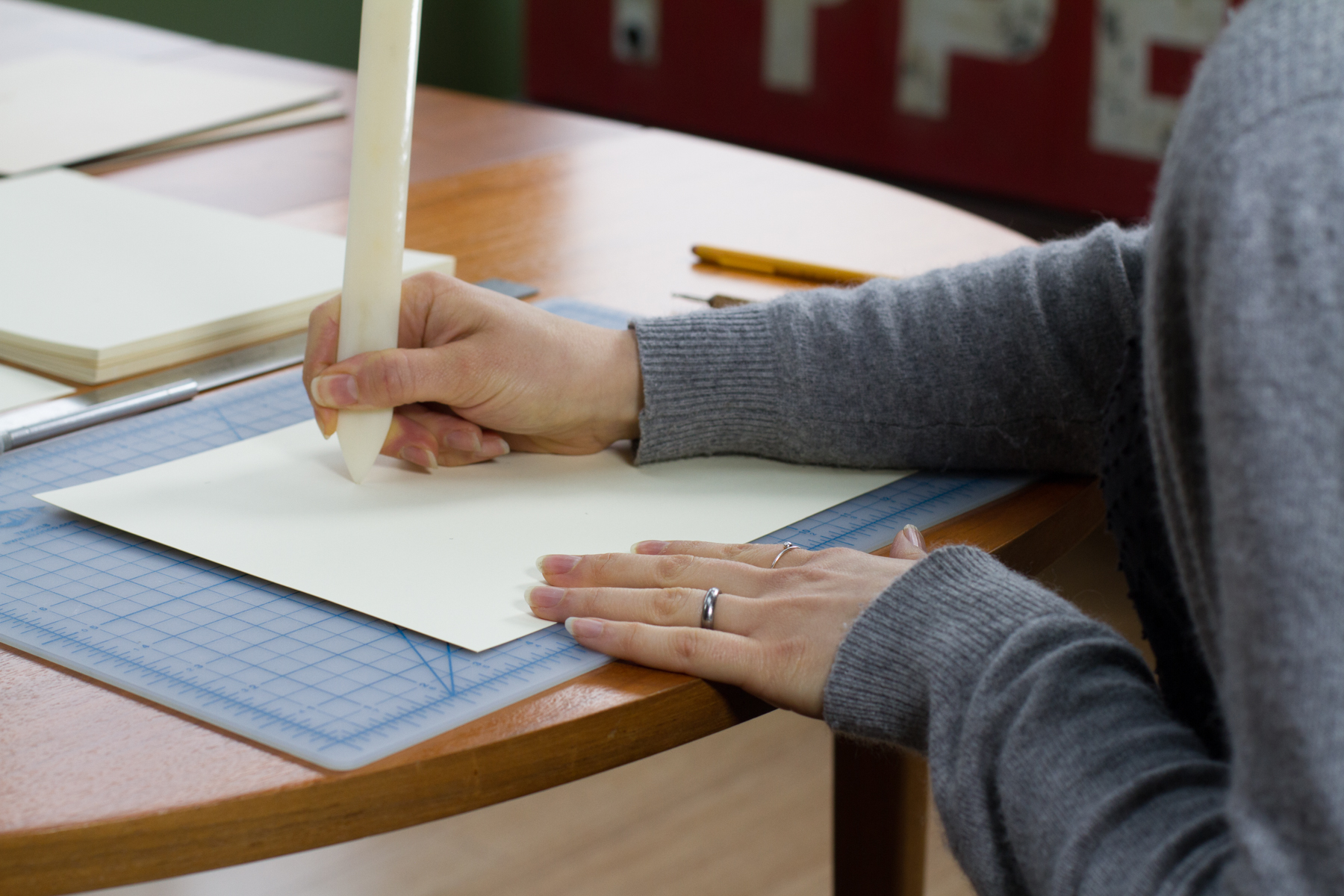
Figure 4. Using a bone folder to impress letter fragments into the early pages of the codex.

Figure 5. These indentations invite readers to trace their fingertips across the page.
If you like, you can refrain from printing on pages 2-6, leaving them totally blank so that you may improvise your own cuneiform-like impressions that coalesce into the center of the page. Some art supply stores sell metal letter punches for jewelry making (a technology fairly close to the one Gutenberg refined when developing his movable type), which might be useful in replicating this effect. The most common brand is ImpressArt. You might also consider 3-D printing your own letter fragments for this purpose.
Step 2: Cutting the Covers
The Abra Codex makes explicit the connection to historic books by using hardwood covers. The front cover contains only the title and no authors, in reference to medieval manuscripts. These manuscripts needed no author, but rather began with an incipit—Latin for “here begins”—which would be followed by a description of the work. As the first half of the word “abracadabra,” the “Abra” on the cover acts as a magic spell for opening up the text. No authors need be given because, we hope, this text belongs to the reader.
The front cover is solid, but the back cover includes a cut-out into which readers can insert an iPad or iPhone. Below you will find SVG, Illustrator, PDF, and InDesign files. Be sure to select the back cover that is sized to your device. As Apple issues new devices, you may need to generate a new template.
As of this writing:
iPad dimensions can be found here: https://www.apple.com/ipad/compare/
iPhone dimensions can be found here:https://www.apple.com/iphone/compare/
Laser Cutter (3–5 minutes)
We recommend laser cutting (X-Acto instructions will follow) the covers in a hardwood veneer or any wooden board available at your local woodworker’s supply store. Before laser cutting your boards, coat them with a layer of commercially available adhesive shelf-liner, also known as contact paper. This reduces the stray burn marks associated with laser cutting and etching, and it ensures you get smooth edges. The liner is easily peeled off after cutting. Coat the side of the board that will face the laser.
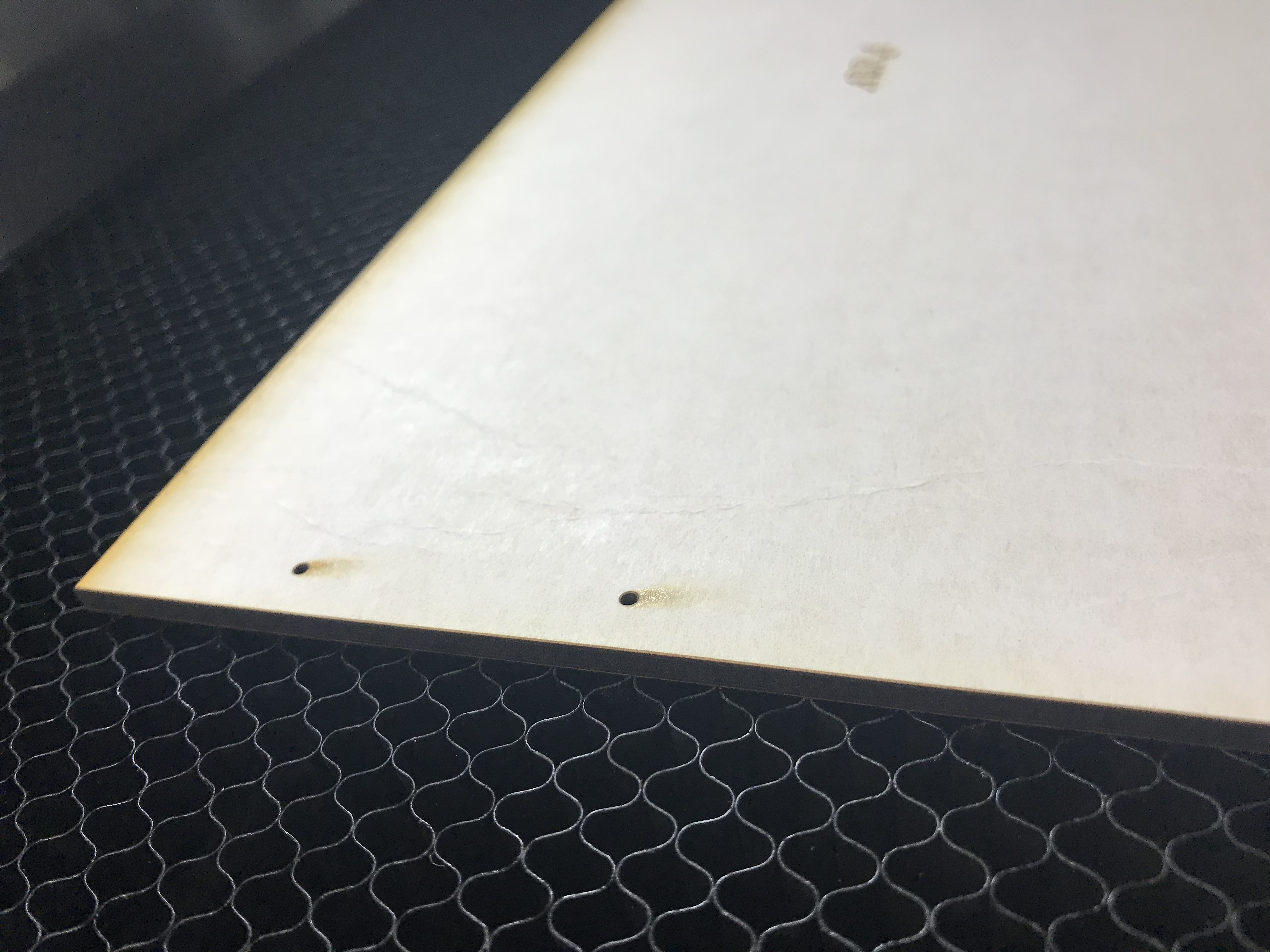
Figure 6. Laser cut sewing stations in wooden board coated with adhesive shelf liner (detail).
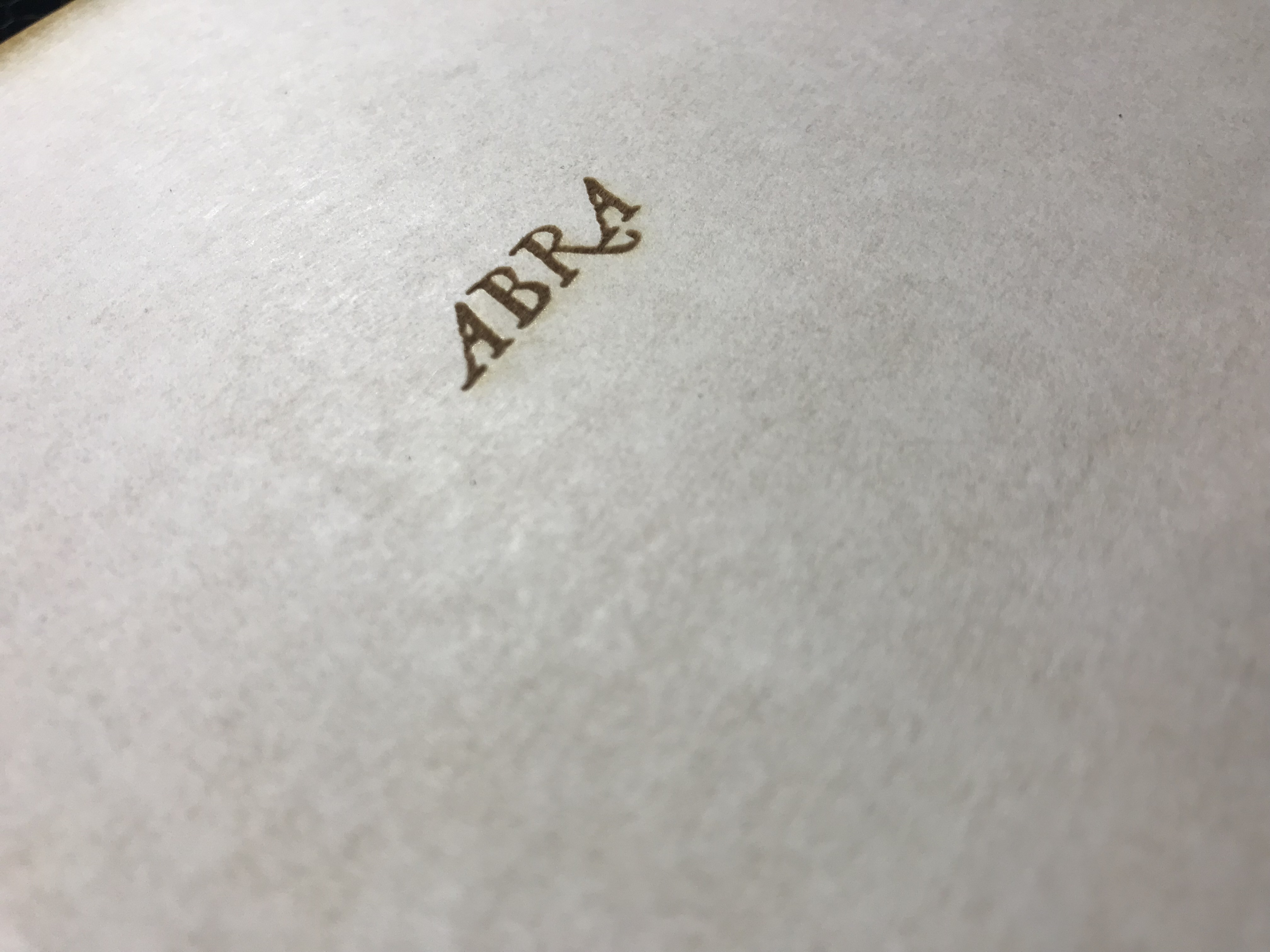
Figure 7. The title laser-etched into a wooden board with adhesive shelf liner for protection (detail).
When you are ready to begin cutting, download the following files:
The zipped folder contains the following files:
Front Cover.ai
This Illustrator file contains two color-coded layers: 1) cut-outs for the sewing stations and the 8.5 x 11” box, and 2) text to be engraved. You may need to change the colors depending on the specifications of your laser-cutter software.

Figure 8. Time-lapse animation of front cover cutting and etching process.
Back Cover.ai
This Illustrator file includes layers for each phone size, a layer for the 8.5 x 11” cover, and another for the four sewing station holes. After opening the file, turn on visibility for those layers you want to cut, and export a version of the file that is compatible with your laser cutter. Each cut line is a different color to facilitate identification, but you may need to change the color of the layer you are using for proper identification by your laser software.
iPhone X [fits iPhone X (5.65 x 2.79”)]
iPhone 8S [fits iPhone 8S, 7S, 6S, and 6 Plus (6.24 x 3.07”)]
iPhone 8 [fits iPhone 8, 7, 6S, and 6 (5.45 x 2.65”)]
iPhone 5S [fits iPhone 5S, 5C, and 5 (4.87 x 2.33”)]
iPad Mini [fits Mini 4, Mini Retina, and Mini (8 x 5.3”)]
iPad Pro [fits 10.5” iPad Pro, iPad Pro 9.7,” iPad Air 2, and iPad Air (9.44 x 6.67”)]
iPad Retina [fits Retina, iPad 3, and iPad 2 (9.49 x 7.31”)]
iPad Original [fits first-generation iPad (9.55 x 7.46”)]
stations [cuts the four sewing stations along the spine]
box [cuts the 8.5 x 11” box for the cover]
You may choose to make a bigger opening than that of your current device in order to accommodate other/future devices. You may also wish to cut multiple nested openings you can add or remove as needed, accommodating multiple devices.
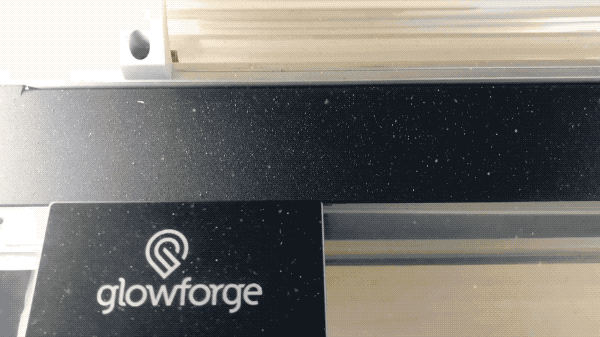
Figure 9. Time-lapse animation of back cover cutting process, including multiple openings to accommodate a variety of devices.
Follow the correct settings for your laser cutter and board thickness.
After cutting your boards, peel off the contact paper, revealing the wood surface.
You may wish to spray the wood with a layer of clear varnish to seal it. You may also wish to leave it untreated and to use foil, markers, and other methods to decorate it.
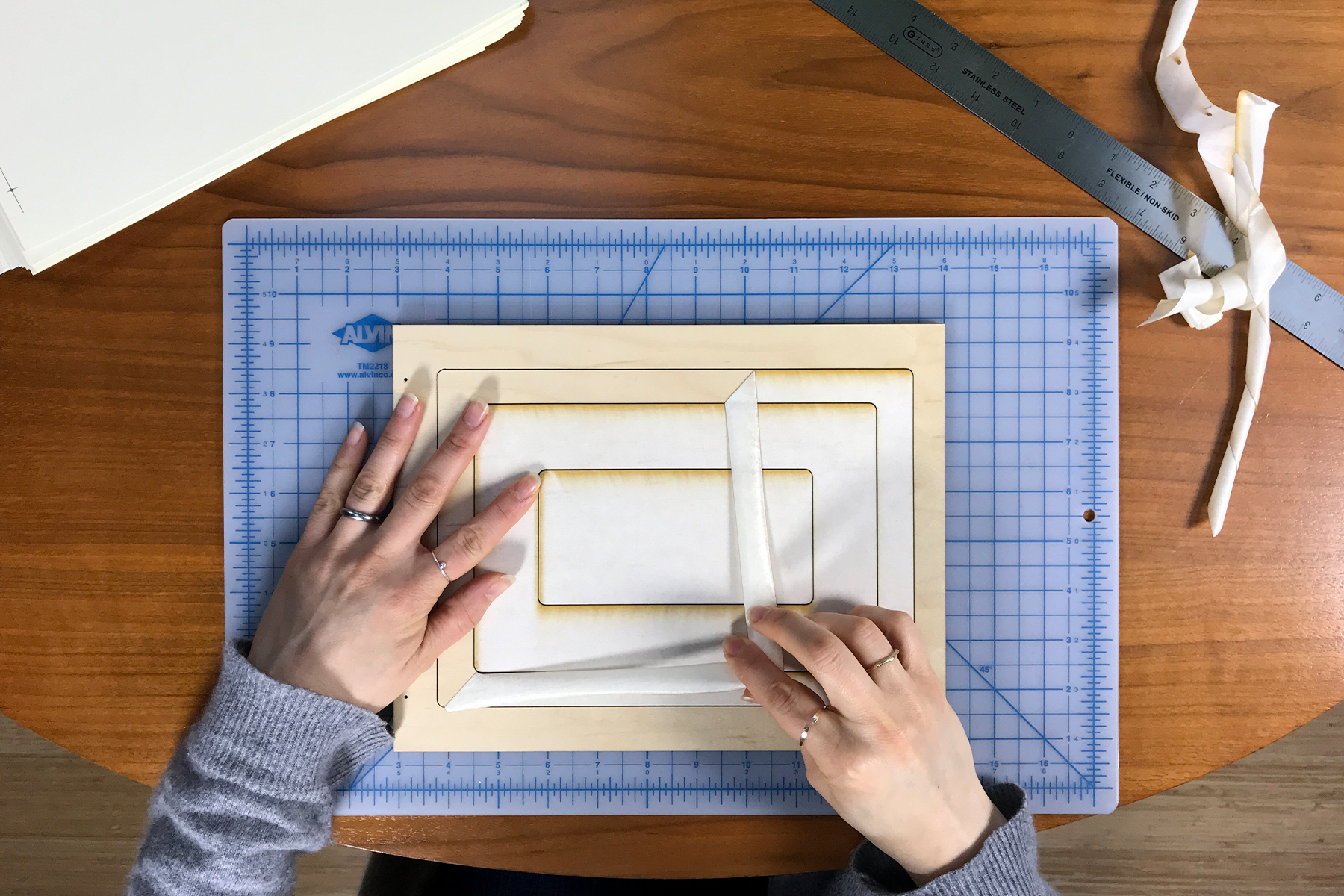
Figure 10. Removing contact paper from back cover after cutting.
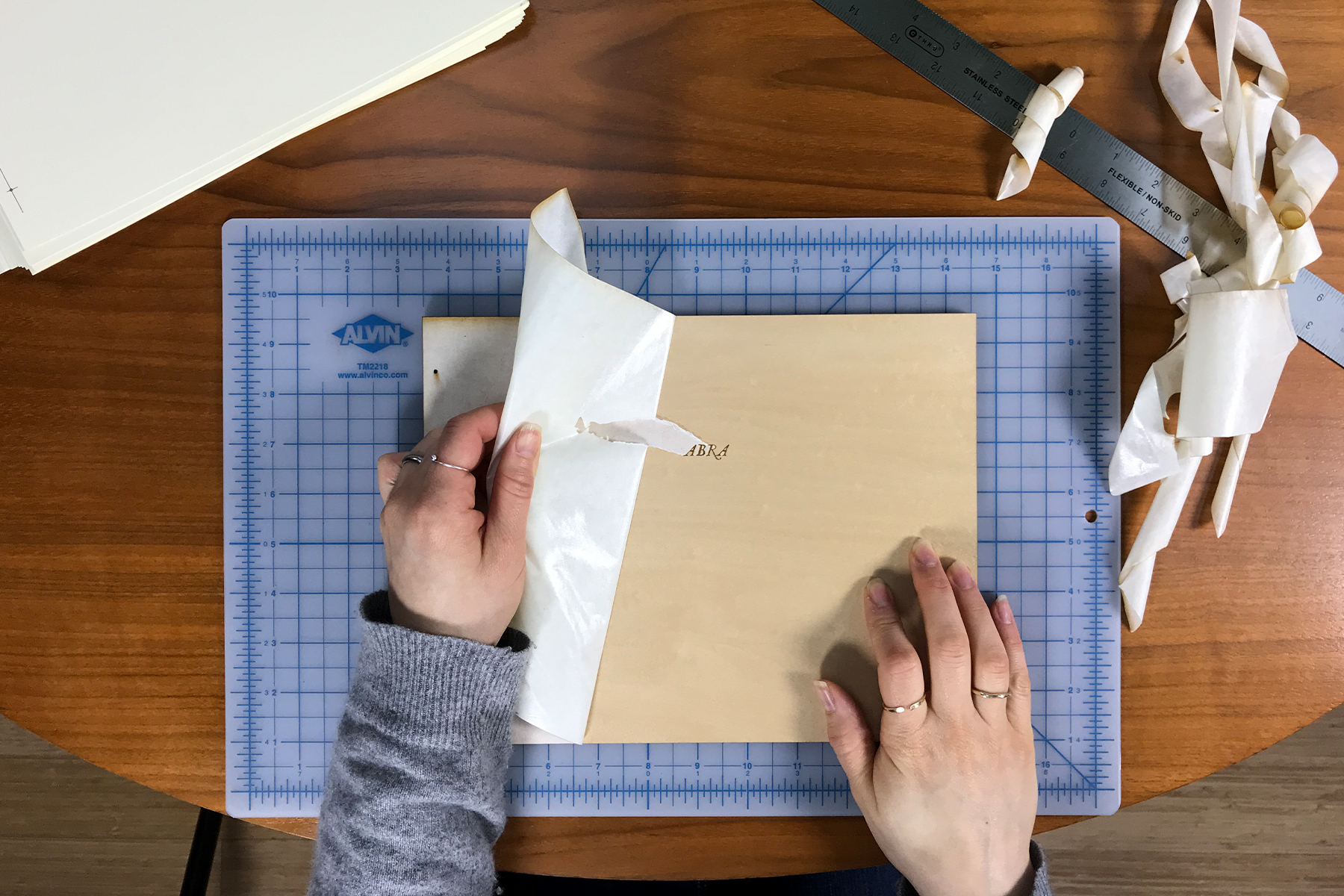
Figure 11. Removing contact paper from front cover after cutting and engraving.
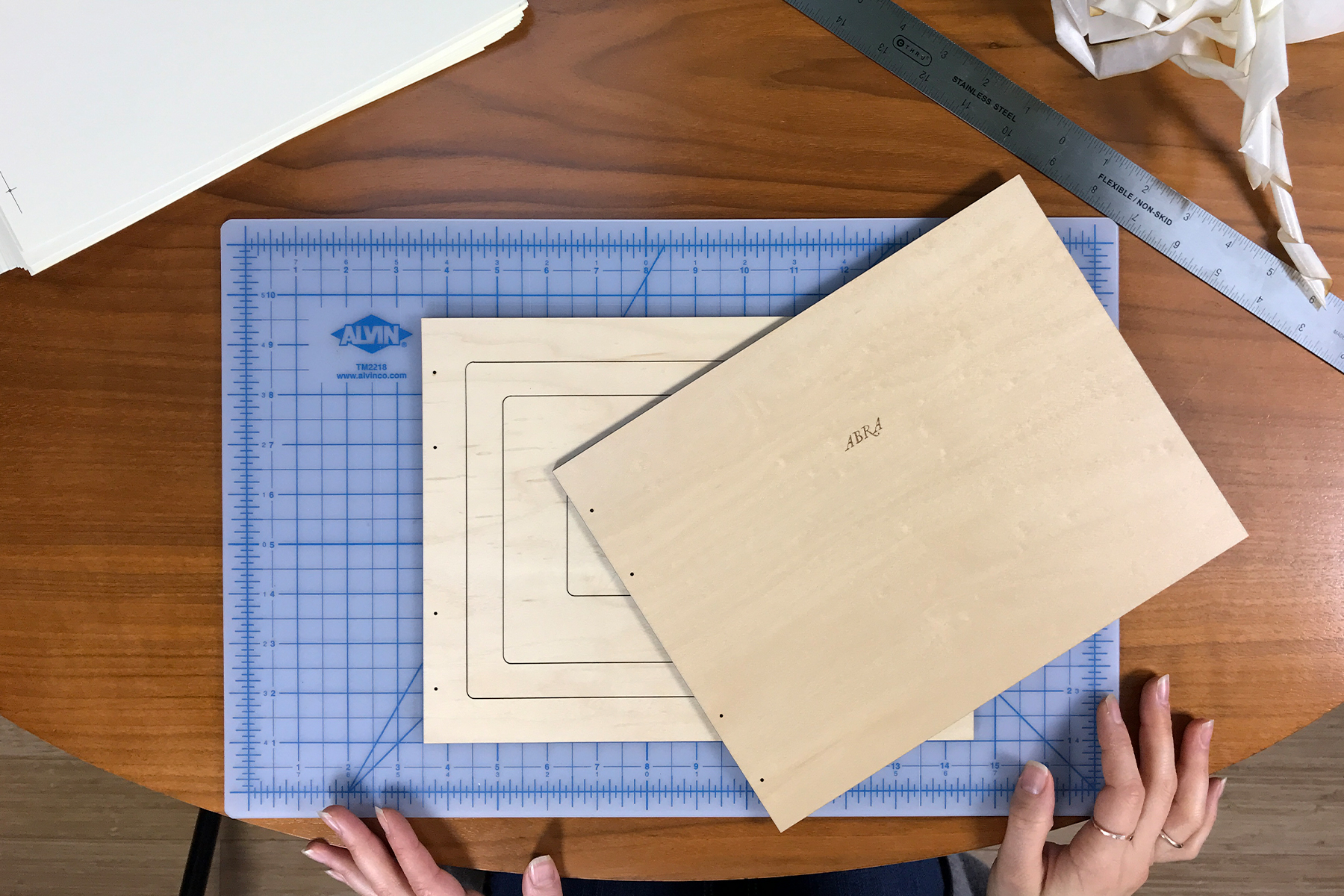
Figure 12. The finished covers.
X-Acto (5–15 minutes)
If you are cutting the covers by hand into cardboard, Davey board, or heavy-weight paper, please print the front cover and the appropriate back cover for your device from this file:
1) Place your spare sheet of cardboard on your cutting mat for protection.
2) Place your front cover face-up on top of it.
3) Place the printed template on your cover, and clip it in place using binder clips.
4) Use your awl to pierce through the sewing stations on the template, ensuring you penetrate all the way through the front cover and into the spare cardboard. Holes need only be a little bit bigger than your needle. Don’t make them too large.
5) You may wish to carve the title into the front cover, but you may also wish to draw, paint, or embellish it during step 5 below. When finished, set the front cover aside.
6) Place your back cover face-up on the spare cardboard sheet. Use binder clips to clip the template to the back cover. Using the illustrations on the template as a guide, punch sewing station holes through the back cover to your spare sheet of cardboard. Set the spare cardboard aside when you are ready to cut the opening for your device. Use your X-Acto knife and a ruler to cut through the rectangular template. Go slowly and use your ruler as a guide. Rather than trying to cut all the way through the thick board, cut gently along the ruler multiple times to avoid hurting yourself or damaging the paper or your tools. You may wish to make 90-degree corners, rather than rounded corners, for simplicity.
Step 3: Cutting Animated Illuminations and Piercing Sewing Stations
Pages 16–32 of The Abra Codex document include the outlines of openings that were laser cut in the limited-edition book. They begin in the margins and they work their way toward the page’s center, revealing fragments of words on the pages below and introducing openings into the previously tight text. As the reader turns the pages, these openings animate like a flip-book, eventually coalescing into a small circle that widens and widens, exposing an iPad or iPhone inserted into the back of the book. Our intention was to reference manuscript illumination, or the practice of embellishing the margins of codex books fabricated by medieval monks, through these openings that both are inscribed by light into the page and gradually reveal the lit screen below. Like the blind-printed opening pages of the book, they invite touch, guiding our finger toward the pinprick opening through which we can begin to alter the glowing text on the screen. They also remind us that while we think of the book as a surface on which language is written, it is also a volume whose depth becomes visible through these apertures.
The teardrops and circles on pages 16–32 are best cut with an X-Acto knife. A laser cutter may also be used, but the registration process is very time consuming, so we have included the Illustrator files for those brave/experienced souls who wish to try that method.
X-Acto and Awl (45–60 minutes)
Cutting the openings
Be sure to use a cutting mat and exercise caution when free-handing with the blade, as it will be very sharp. Carefully cut each opening, one page at a time, drawing the knife toward you, rather than pushing away. Do your best to trace the lines on the page. It’s ok if your cut-outs are not exact.
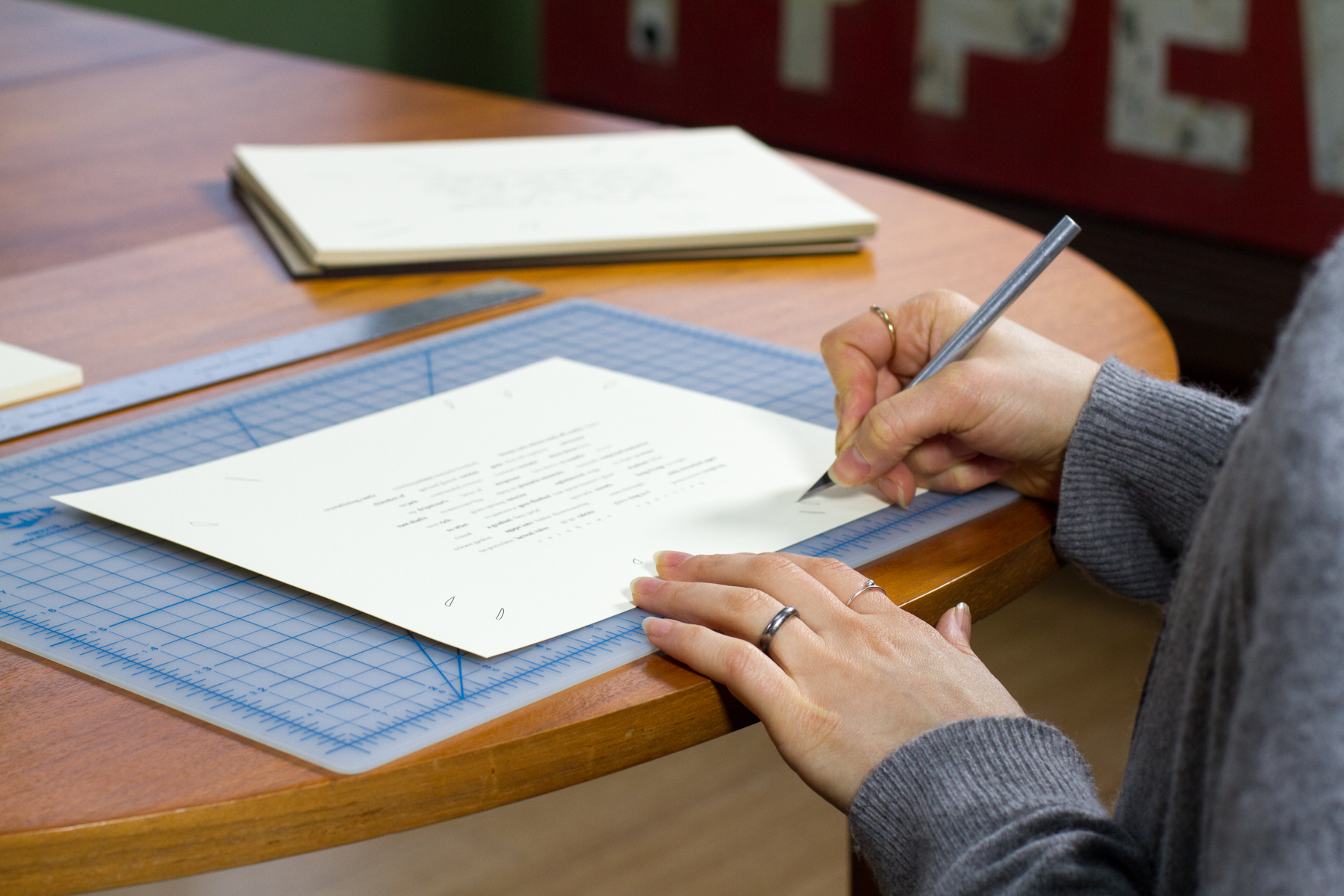
Figure 13. Cutting the teardrop-shaped apertures with an X-Acto knife.
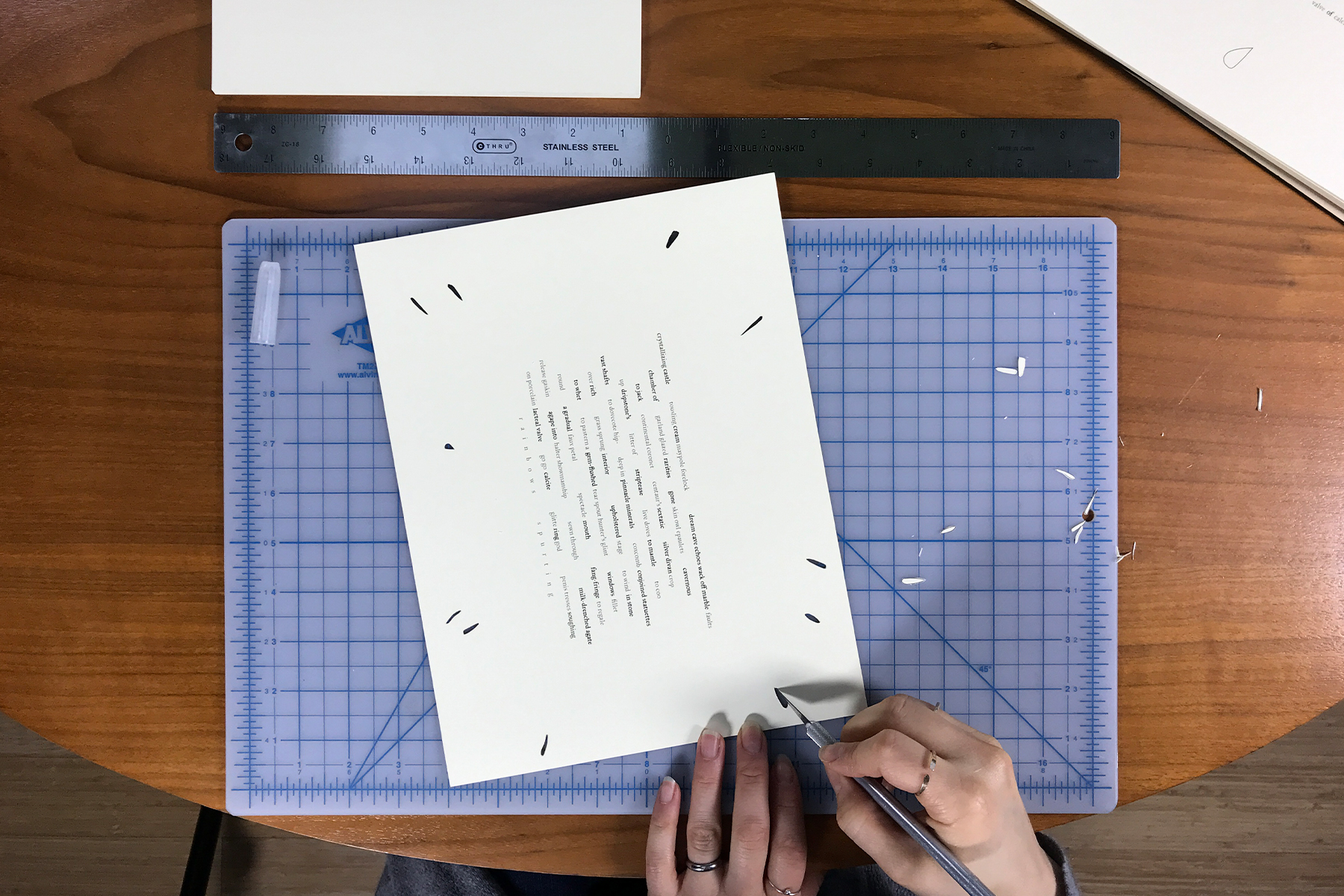
Figure 14. A completed page with all apertures cut out.
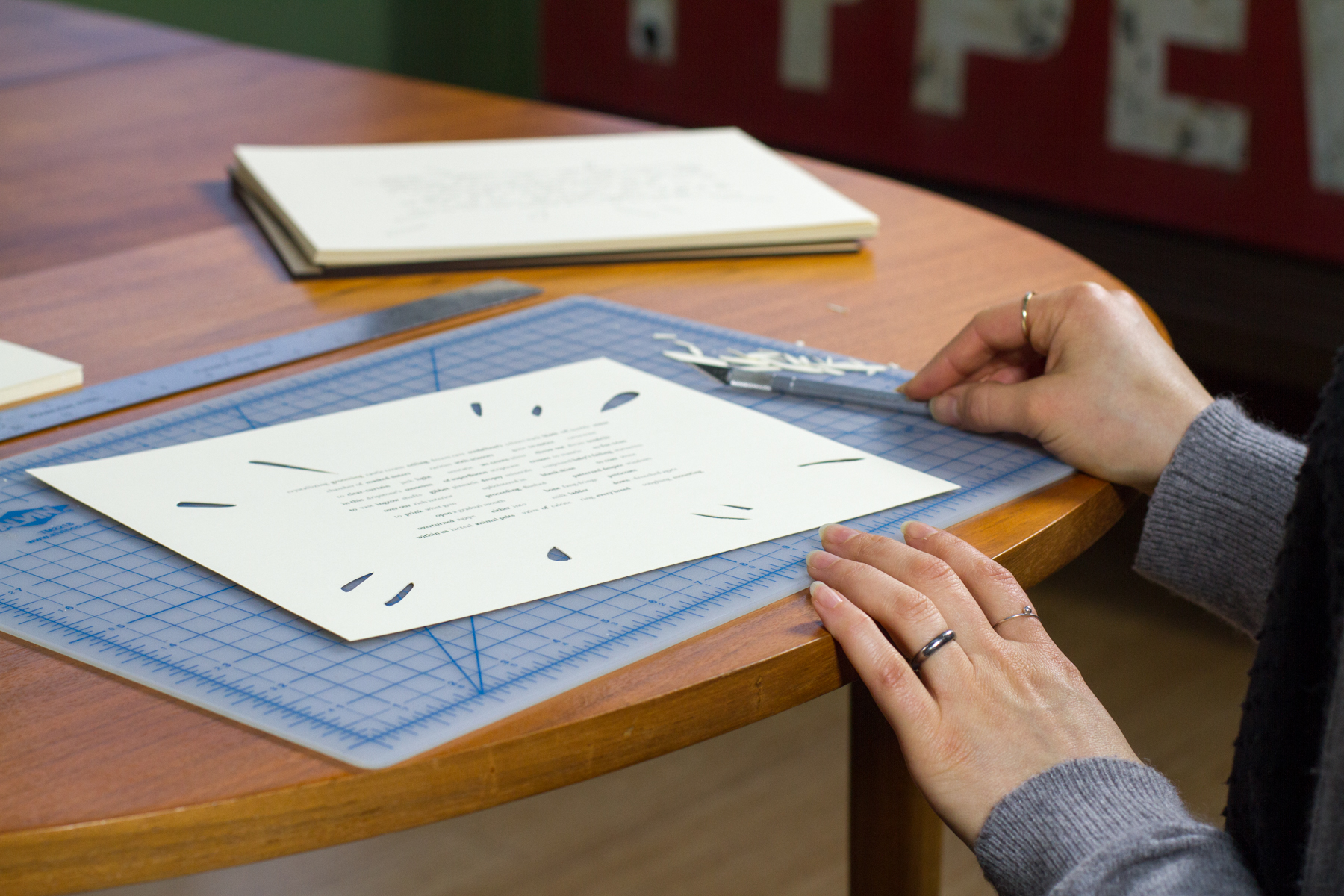
Figure 15. The apertures get larger as you page deeper into the codex.

Figure 16. By the end of the book, these apertures have coalesced into a large opening through which readers will be able to interact with an iPad or iPhone inserted in the back of the book.
Once you have cut the final opening, a large circle surrounded by the book’s colophon, turn that page over so that the hole lines up correctly with the pages before it. You’ll be able to tell whether the orientation is right if you flip over the stack. The last page faces the back cover, given that a colophon—Latin for “finishing stroke”—traditionally appears on the verso of the final page.

Figure 17. The inverted stack of pages, revealing the colophon that encircles the final aperture. The text on this page faces the back cover.
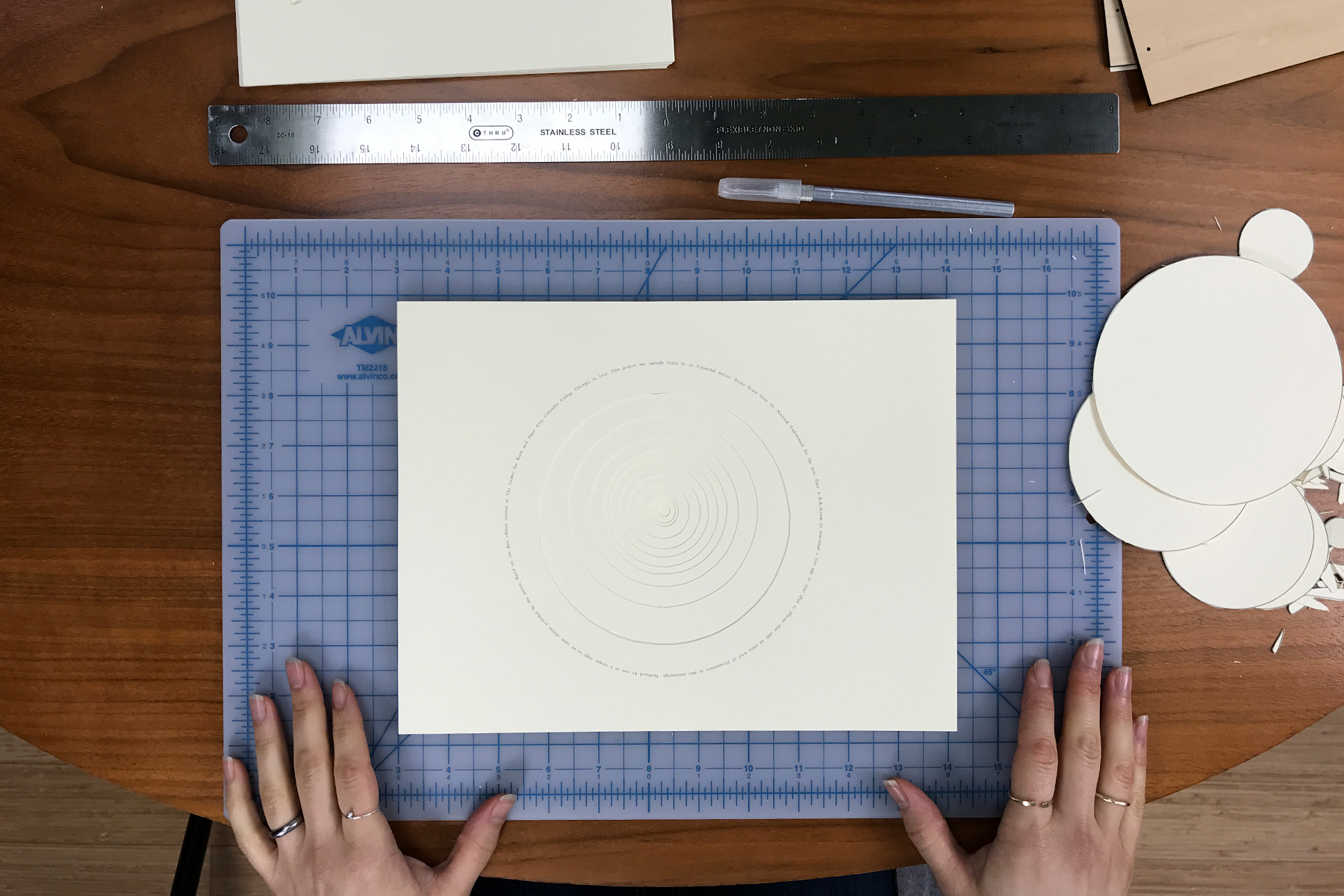
Figure 18. The holes line up, gradually widening page by page.
Piercing the sewing stations
After you have finished cutting out the illuminations, pierce the sewing stations (the four holes that go through the spine of the book, which you will use to stitch the binding). You will pierce all 32 pages of the book block (the book’s interior) using the front cover holes as your guide.
Note: Cardstock stands up well to sewing, but if you are using heavy-weight paper, you should reinforce the spine using clear packing tape before piercing the stations. Cut a piece of tape around nine-inches long and lay it with sticky-side up on your cutting mat. Take a sheet from the book block and lay it flat on the tape, so that its edge aligns with the middle of the band. Press the page down, then flip it over and press again so the tape wraps around the paper. Trim off any excess from the head and foot of the page with scissors or your X-Acto knife. Repeat for all pages of the interior.
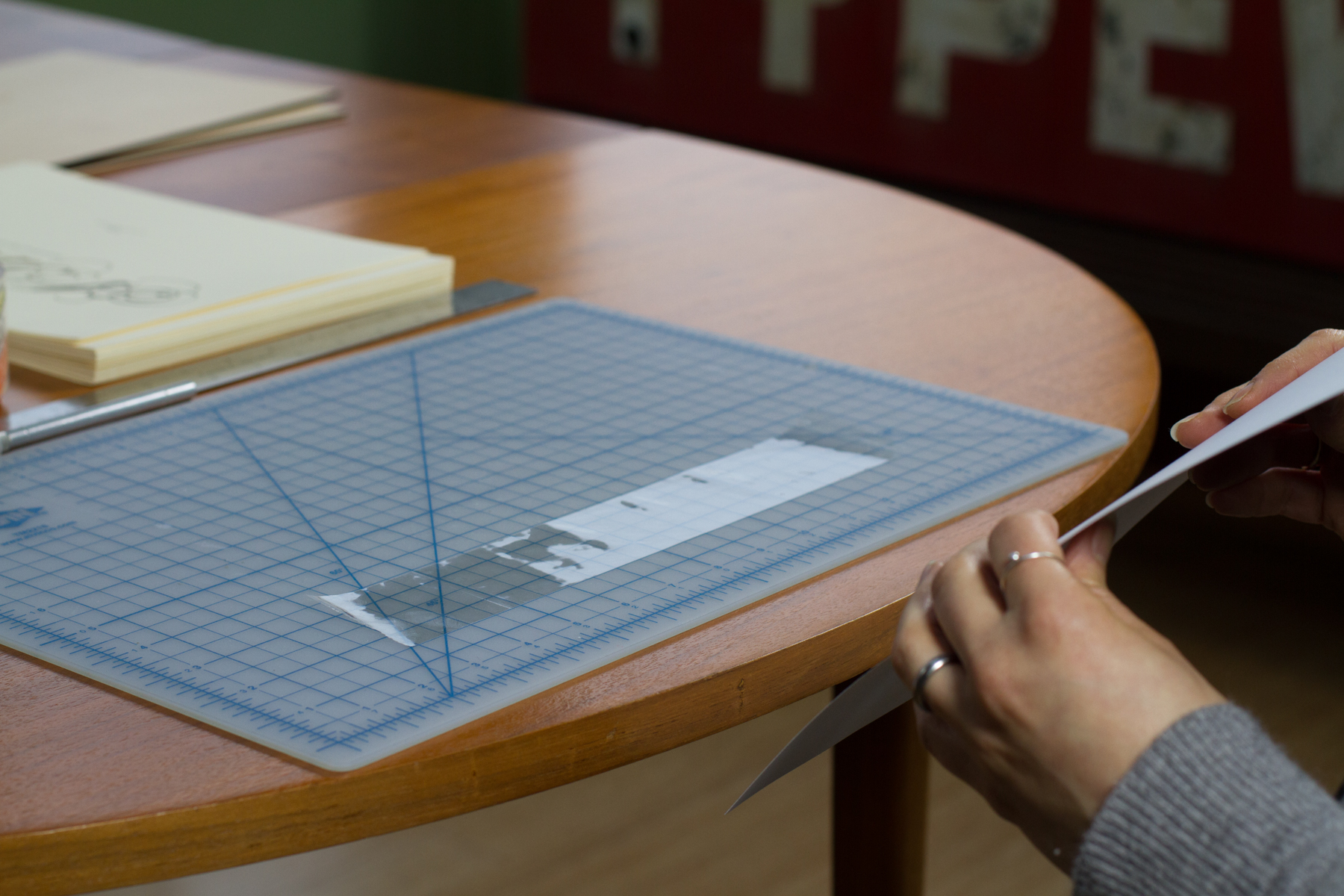
Figure 19. Lay a nine-inch length of packing tape on the cutting mat.

Figure 20. Set the spine edge of the page in the vertical center of the tape.
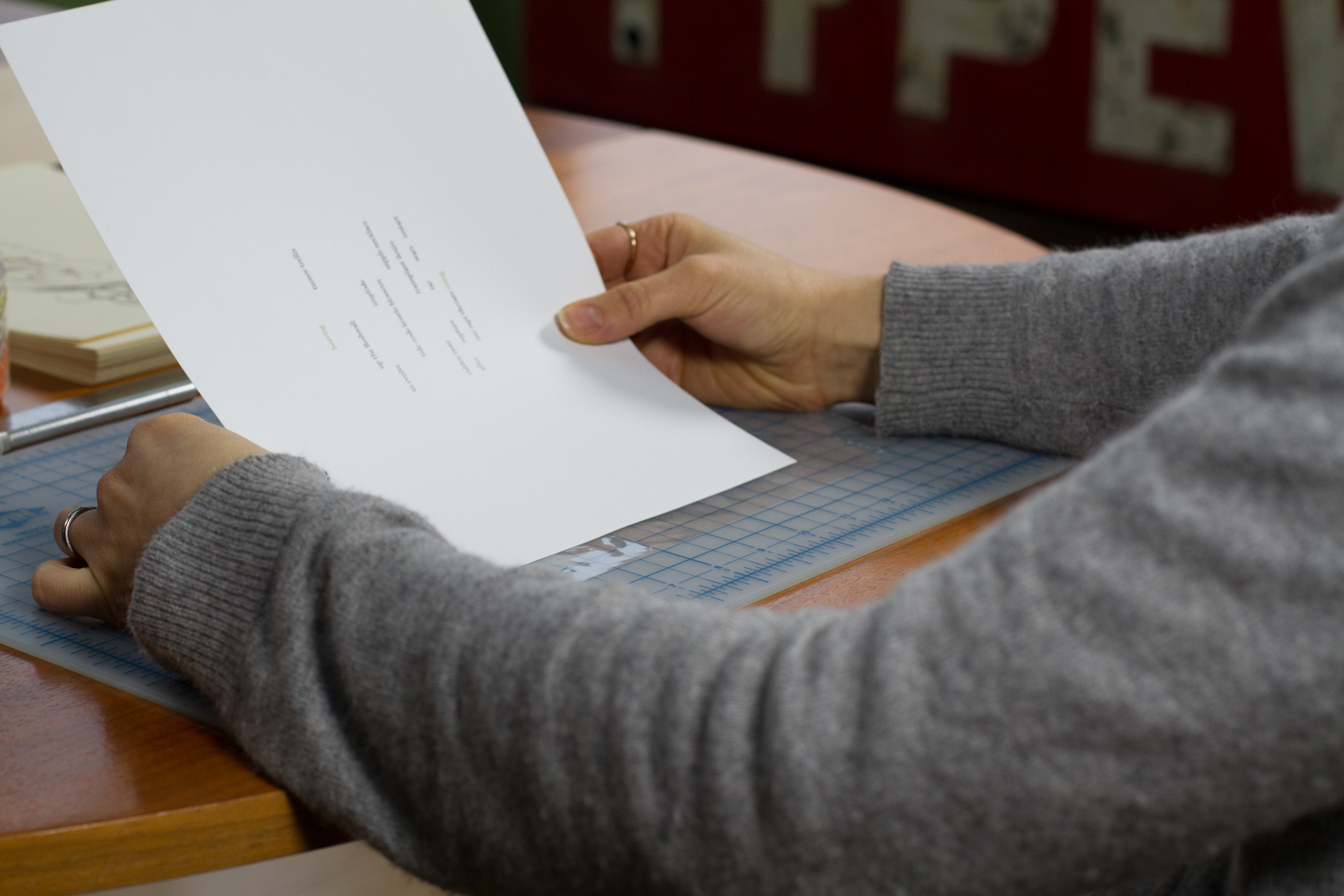
Figure 21. Lay the page back so the tape adheres to its reverse.
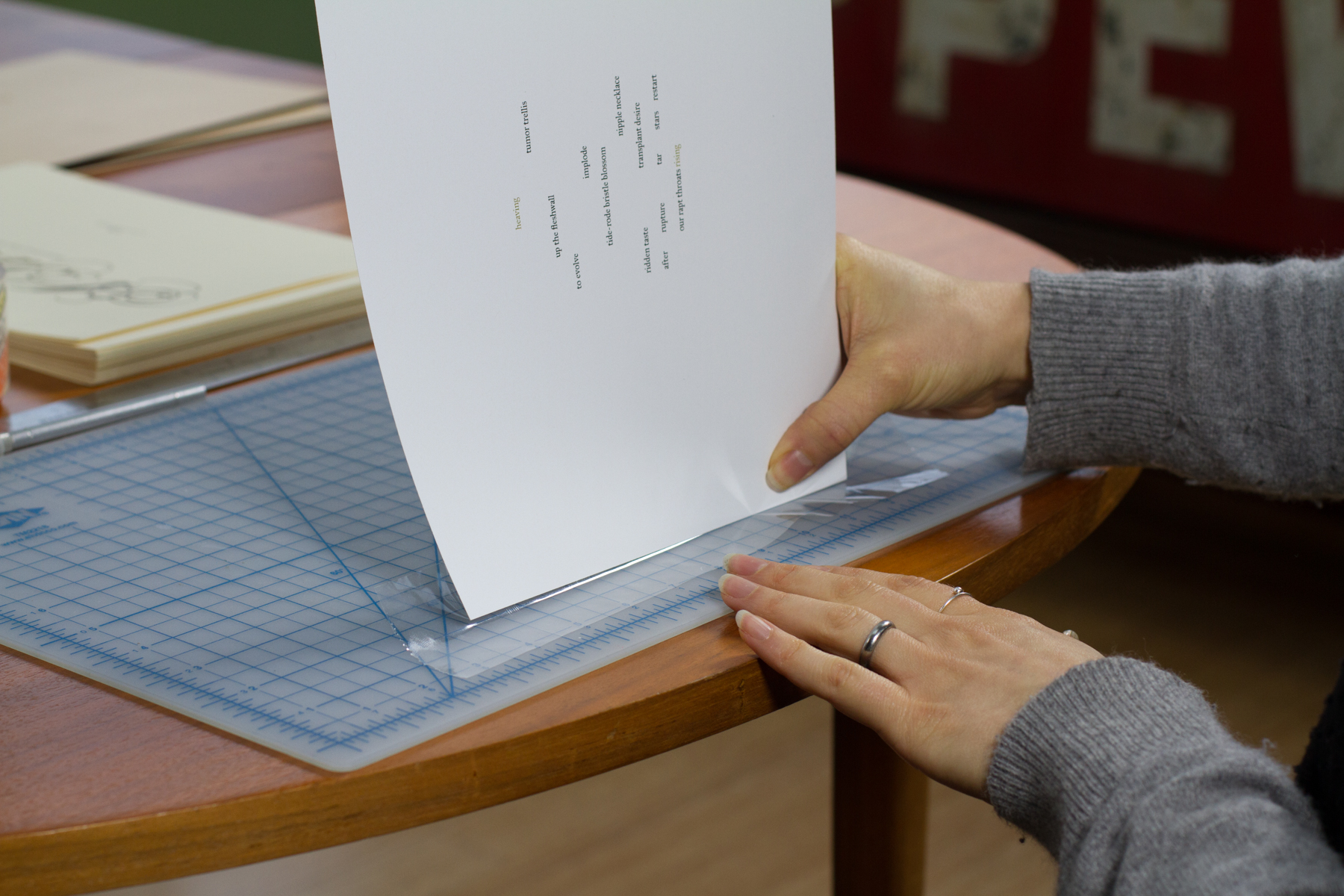
Figure 22. Roll the page forward so the tape wraps around the edge and onto the front of the paper.

Figure 23. Press firmly to smooth the tape along the surface of the paper.

Figure 24. Trim excess tape with a blade.

Figure 25. The reinforced paper will hold up better when pierced with the awl and sewn with binder’s thread.
To pierce the sewing stations by hand:
1) Assemble your pages in order in a stack with the spine on the left.
2) Lay a spare piece of cardboard on your cutting mat. It should be 9” wide and at least 1” high, but it can also be bigger to support the pages better (9 x 12” is ideal, if available).
3) Take four pages from the top of your stack and make sure they are face up and right-reading.
4) Place the cover on top of them.
5) Gently tap the pages and cover against your cutting mat to align them with one another. Always tap two sides: spine and foot.
6) Clip the cover to the pages using a binder clip. Protect the cover with a scrap of paper. You can clip either the foot or fore-edge; just be consistent with whichever one you choose, and clip in the same place each time.
7) Lay the stacked pages and cover flat on your piece of cardboard.
8) Holding the pages and cardboard down with one hand, take your awl in the other, and pierce through the stack at each hole, letting the awl sink into the cardboard beneath. Then remove the cover and go through each of the holes again, piercing through the cardboard fully. The hole need not be much thicker than your needles.
9) Repeat this process with all the pages in the stack, being sure your holes are always on the spine side of the book. Move completed pages to a new stack, maintaining their order in the process.
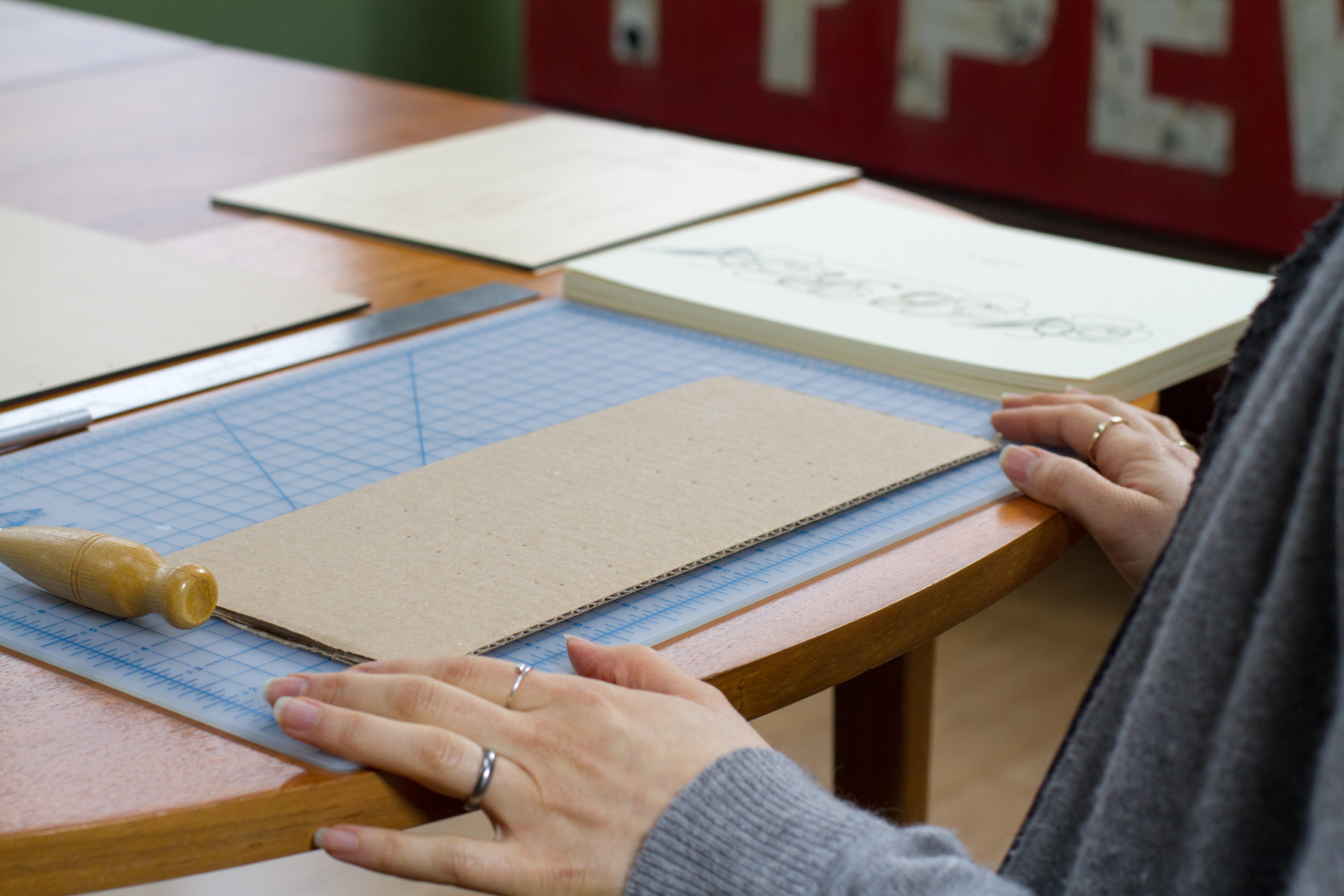
Figure 26. Lay your spare cardboard on the cutting mat.
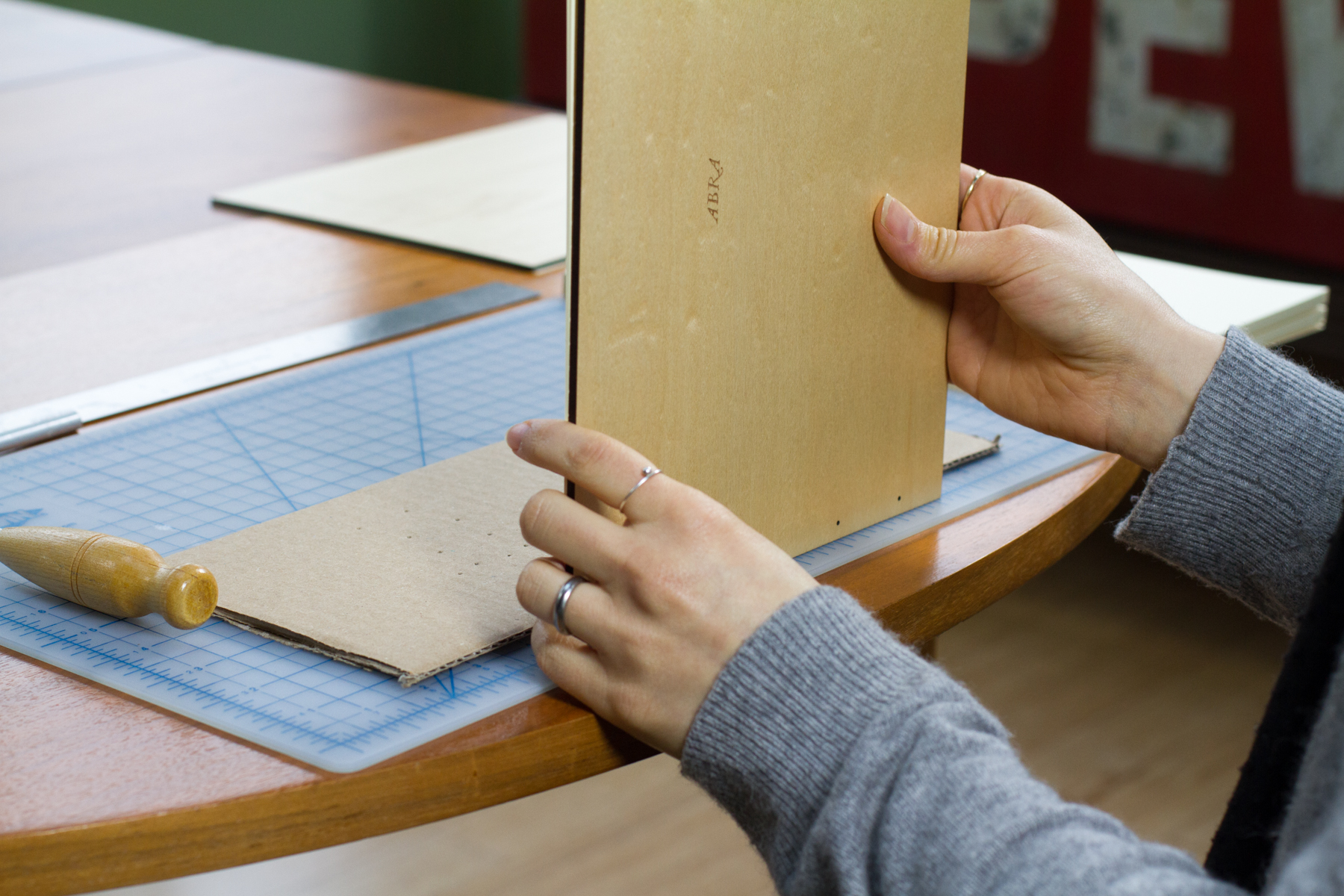
Figure 27. Tap the cover and four pages on their spine side to align them.
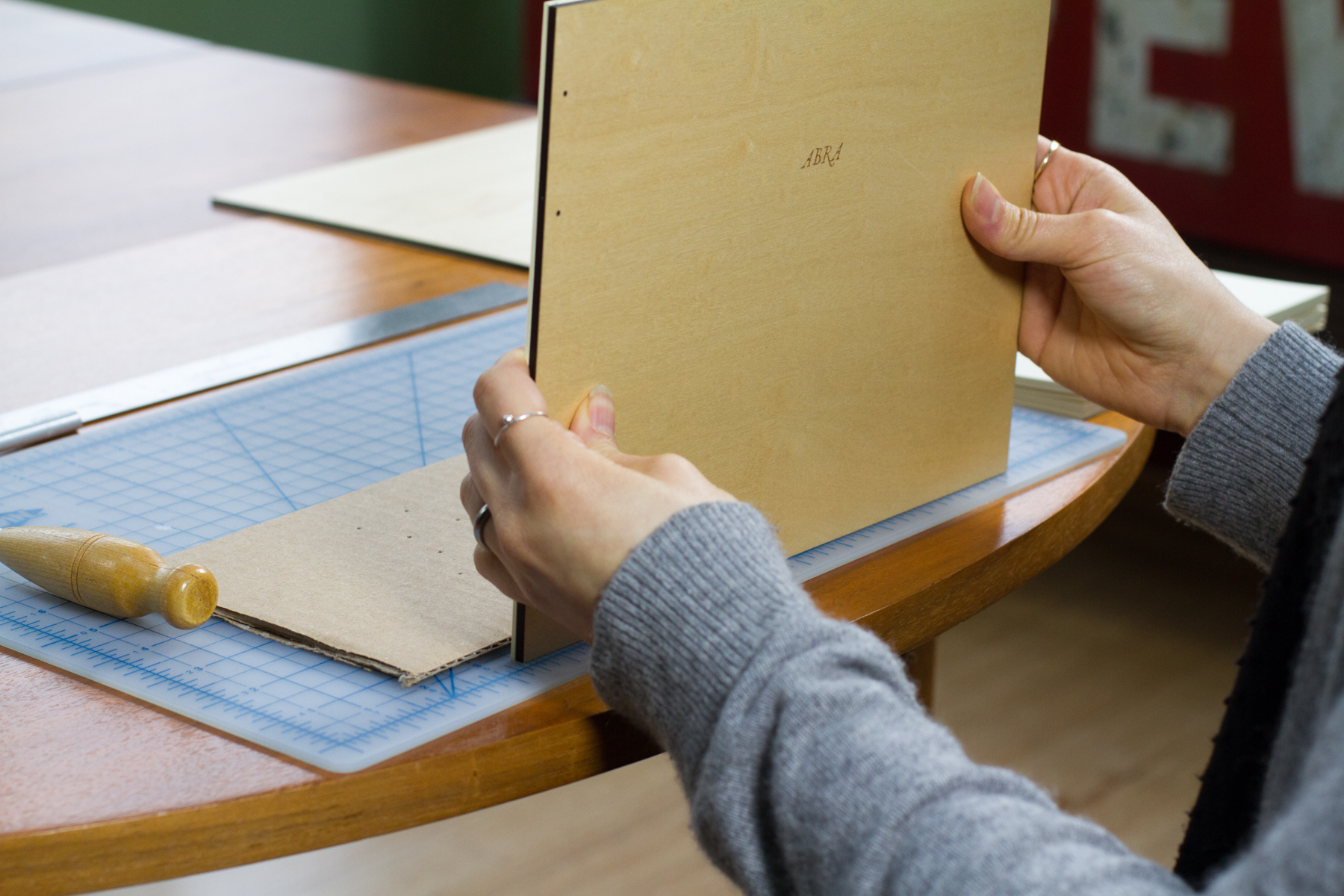
Figure 28. Tap the cover and four pages on their foot side to align them (only tap two sides—do not continue turning the stack and tapping it).
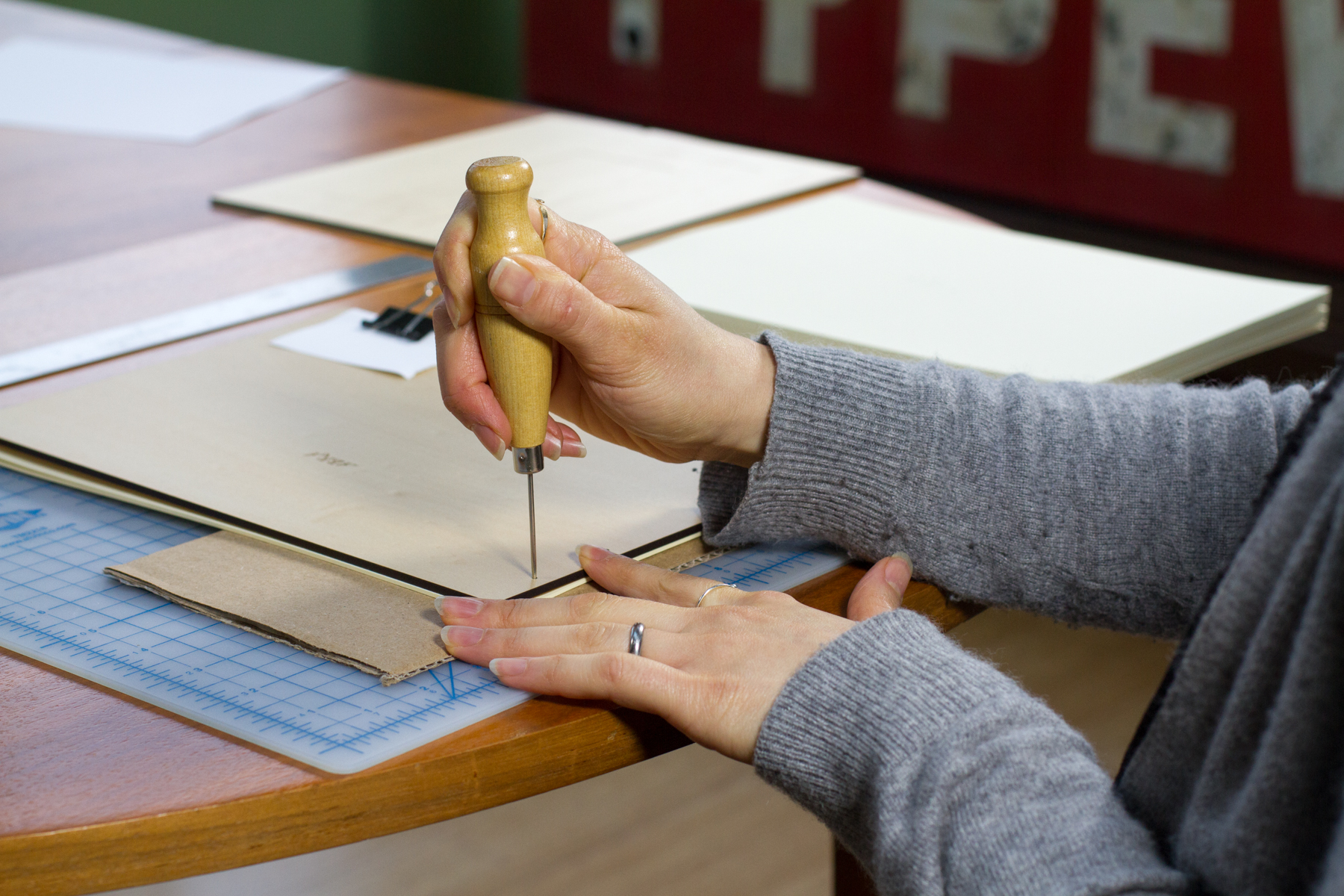
Figure 29. Use the sewing station holes on the cover as a guide for your awl when piercing the sewing stations of the pages.

Figure 30. Once you have pierced all four sewing stations, remove the cover and pierce again, ensuring your awl goes through to the cardboard below.
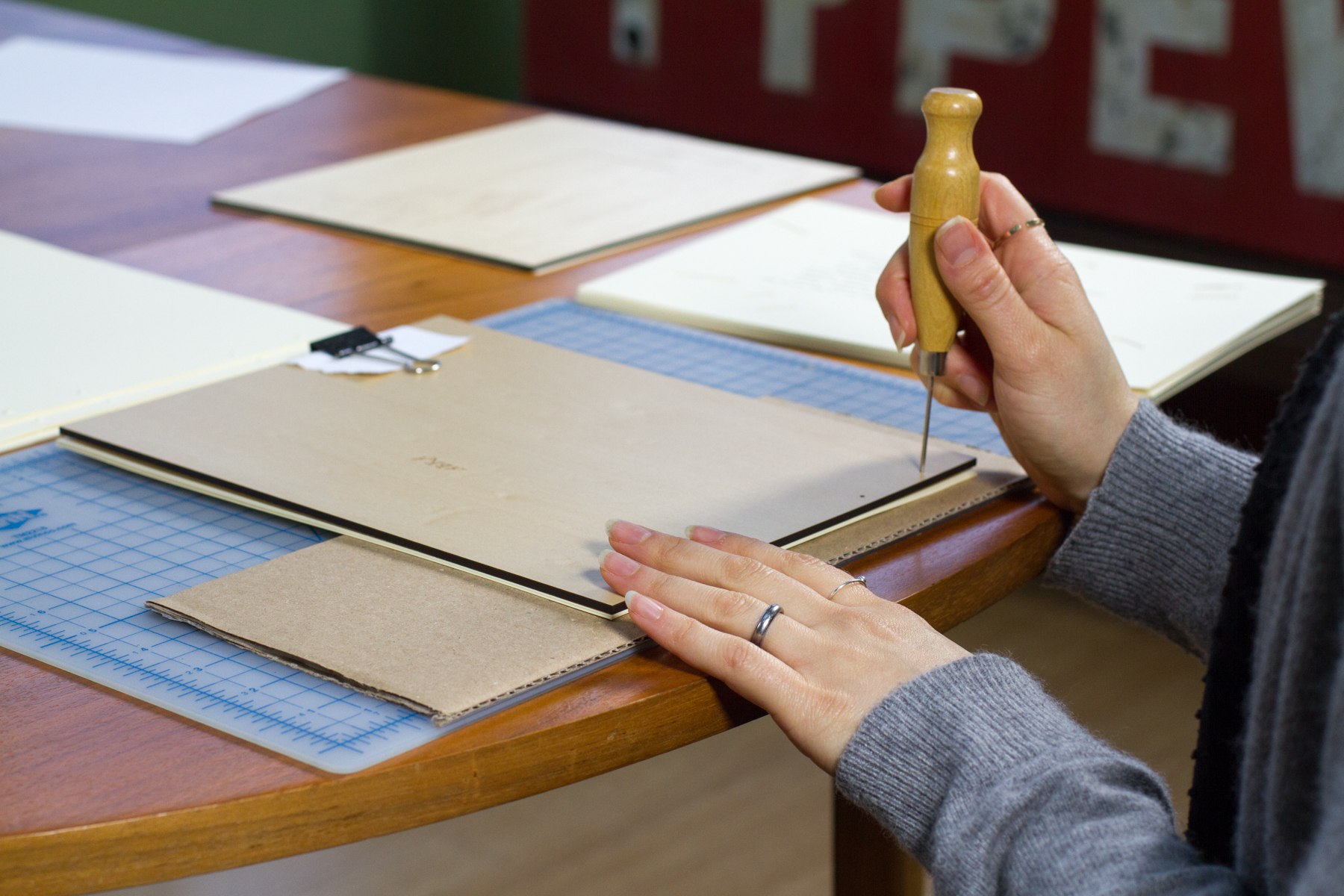
Figure 31. Remove completed pages and continue the process with another set of pages.
Laser Cutter (variable)
If you have access to a laser cutter, you can laser the openings and sewing stations with the following files:
Because each laser cutter is different, and because alignment is a significant challenge when cutting printed material, we have included Illustrator files for use by those interested in experimenting with this additional level of “illumination.”
Step 4: Binding the book (~3 hours)
The object we think of as a book, a stack of pages bound on one side and enclosed between covers of sturdy paper or boards, is known to book historians and book artists as the codex. Its name comes from the Latin for “tree trunk” and arises in part because early bound books were encased in wooden covers—a legacy of the Roman use of waxed wooden tablets knotted together at a hinge for a portable writing surface. The codex is not the first portable book format but was preceded by clay tablets, scrolls, khipu, pothī, and other structures that developed from the materials each culture in which it arose had in abundance. Book historians speculate that the bound codex developed from Roman authors’ use of folded parchment pages as a writing support in lieu of more clunky waxed tablets. While the originator of the codex form remains unknown, its use by Christians circa 150 CE played a key role in the clandestine dissemination of the New Testament and in differentiating it from the Hebrew Bible, which was, and continues to be, written on scrolls.
This open edition encourages readers to put the codex back between boards and to adopt a Coptic binding like those of the Egyptian Christians (from whom this binding takes its name). Wooden covers were used from the fourth century to the Middle Ages. In some cases, these boards were covered in tooled leather or inlaid with gems or gilded parchment (a step we encourage readers to take in the next section). The Coptic binding consists of a linked stitch that joins the signatures, or folded gatherings of pages, of the book block. Unlike the encased binding of a hardbound book, which was used in the limited edition of Abra, the Coptic is an exposed spine sewing, meaning the knots along the spine remain visible.
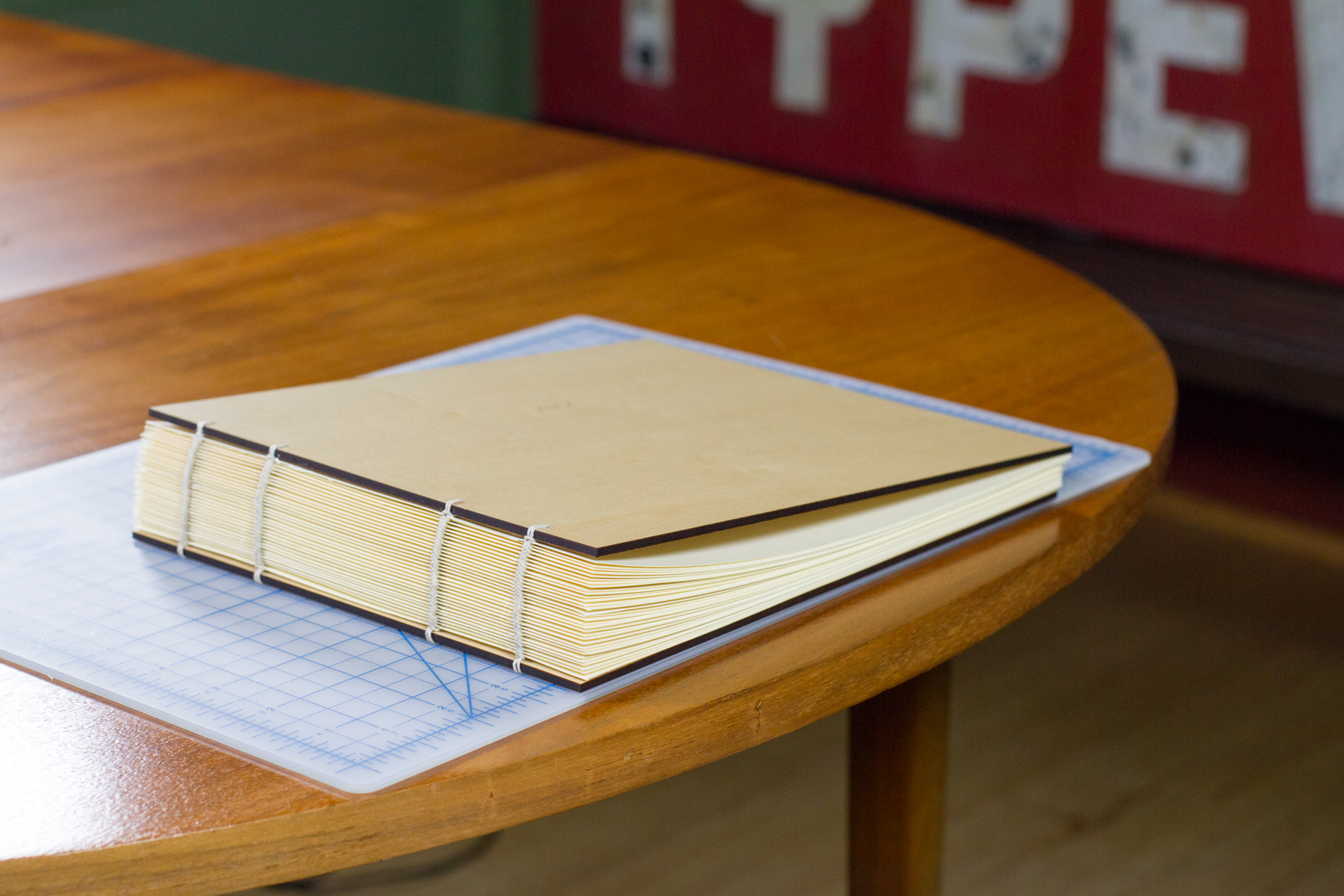
Figure 32: The completed Coptic sewing looks like a series of braids along the spine of the codex.

Figure 33: Animation demonstrating the entire process of cutting and binding The Abra Codex.
To simplify printing, we have designed this guide to accommodate single sheets of paper rather than signatures. This makes for a more challenging binding, but hopefully the simplicity of printing will make up for any frustration caused by the time-consuming effort of attaching each page to the next. The binding guide below demonstrates a technique that will create a lovely decorative stitch across the spine of the book linking your hand to the Coptic book-makers’.
Although you could easily 3-hole punch these pages and stick them into a binder, that would fundamentally change both the reading experience and the point of reference for this project, so we hope you will try the Coptic binding, difficult as it may be. Once you learn the pattern, the process can become pleasantly meditative. And the experience of the materials and labor that go into binding the book will inform your sense of its connection to the history and future of an artifact whose form we often take for granted because we are so acculturated to its structure.
This guide is based on Keith A. Smith’s Smith’s Sewing Single Sheets.[1]
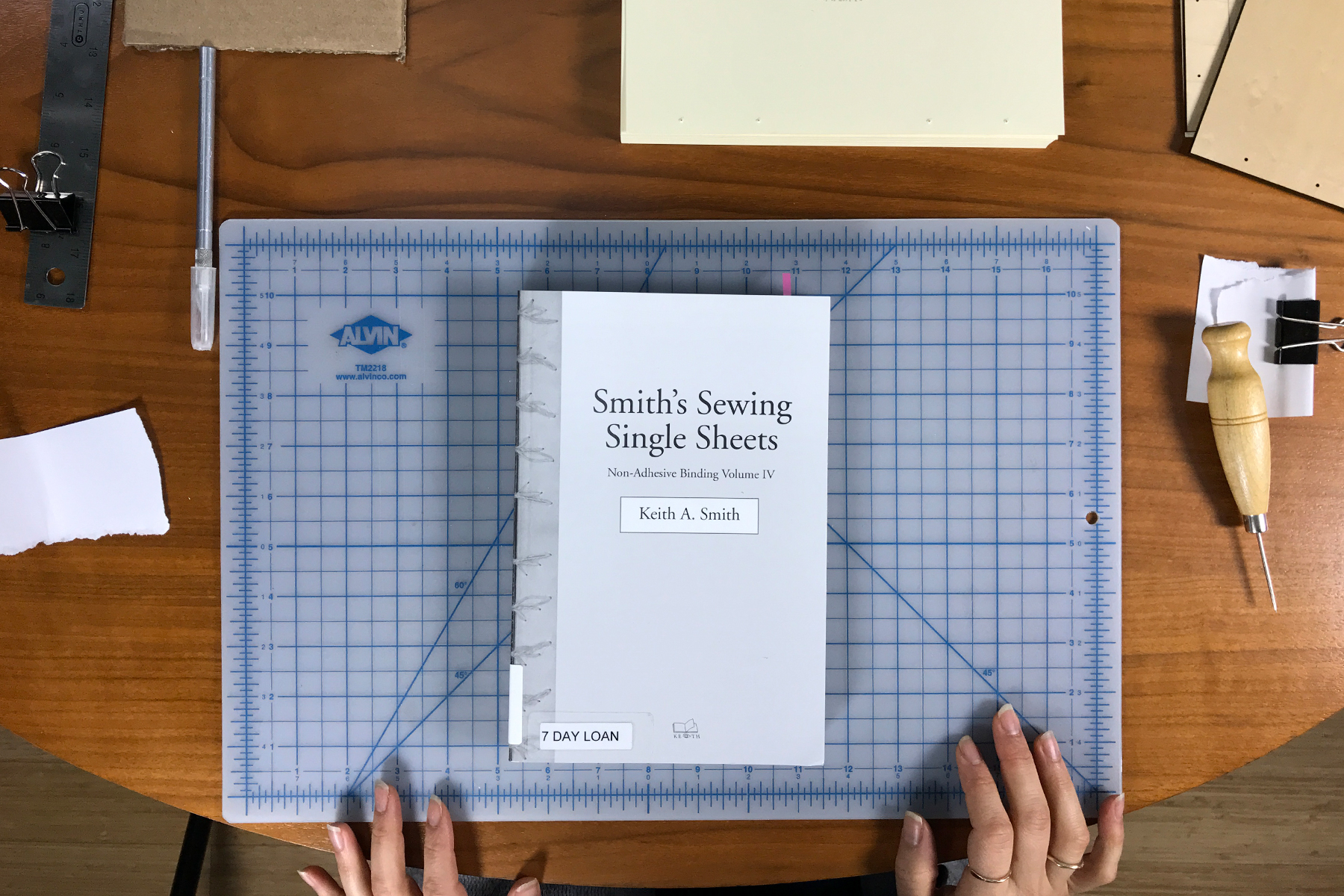
Figure 34. Keith Smith’s guide to non-adhesive bindings.
Binding gets easier each time you do it. If possible, try a test run of this sewing with five or six pages just to get the hang of it.
There are two versions of this file in different resolutions, depending on your needs. It includes a step-by-step guide with photographs demonstrating how to bind these pages together:
Binding Guide-print quality.pdf (175.1 MB)
Binding Guide-smaller file.pdf (15.5 MB)
Step 5: Embellishing your Copy (0–∞)
While the Abra app adapts to its reader by mutating and changing in response to your touch and learning the words you “graft” into its lexicon, printed books can adapt to their readers as well, as the history of book personalization attests. The capacious margins of Medieval manuscripts invited illumination and annotation from scribes and readers, a trait that persisted into the design of early printed books, or incunables. Such volumes were sold unbound so that their buyers could have them covered to order, creating a personalized library with a unified aesthetic. And bookplates, which originated in fifteenth-century libraries, provided a label that could be pasted inside a book’s cover to identify its owner. Modifications like these are signs of ownership as much as use, and they mark the codex as a commodity—whether a limited-edition luxury item or a dog-eared and highlighted mass-market paperback.
We invite you to modify your copy of Abra to your liking, using the wide margins to illuminate the text with your own illustrations, commentary, and alterations. You might copy out phrases with which to generate new poems, write your own works between the lines, or alter the pages in other ways that stimulate your creative process as an active reader.
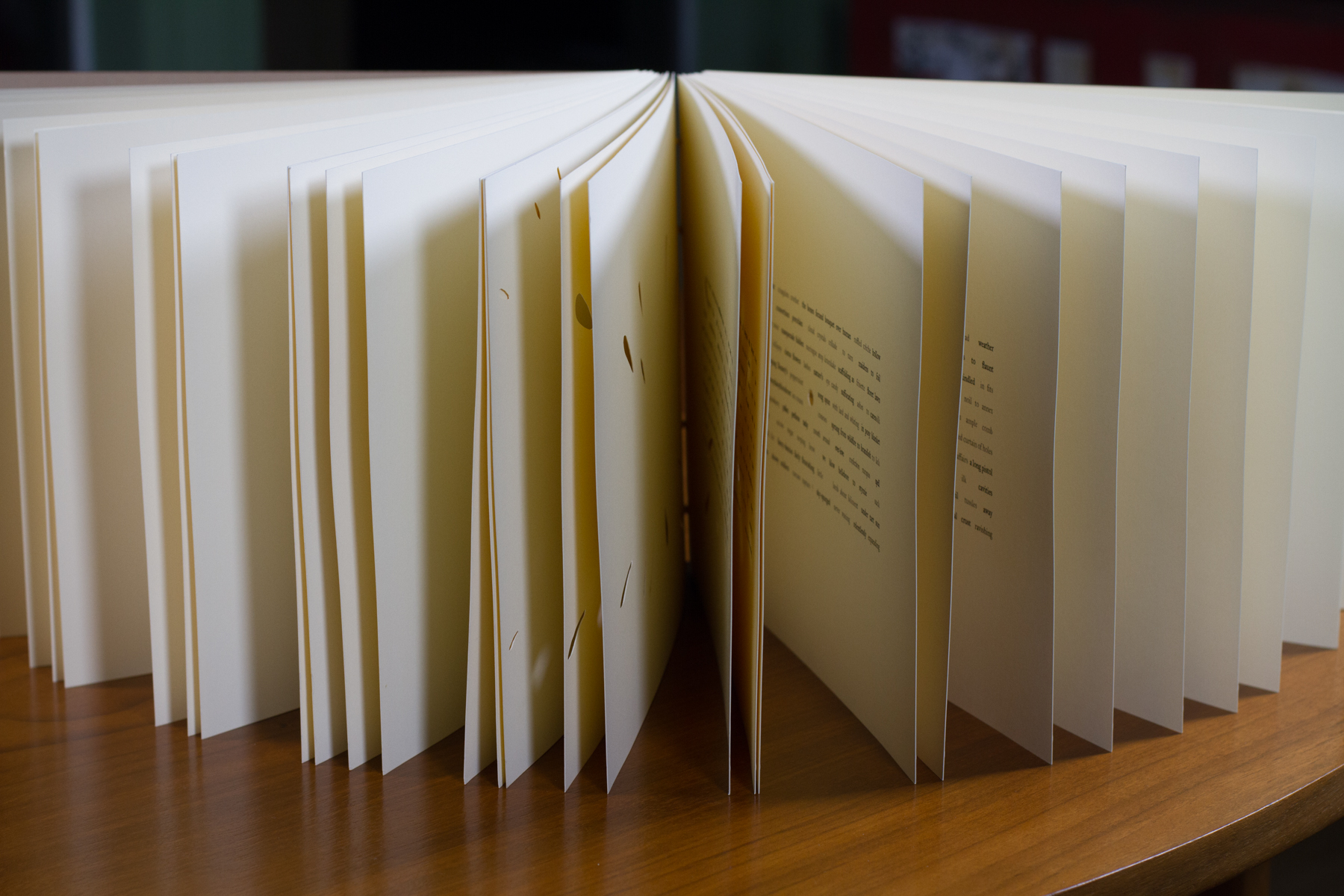
Figure 35. A completed, bound Abra Codex.
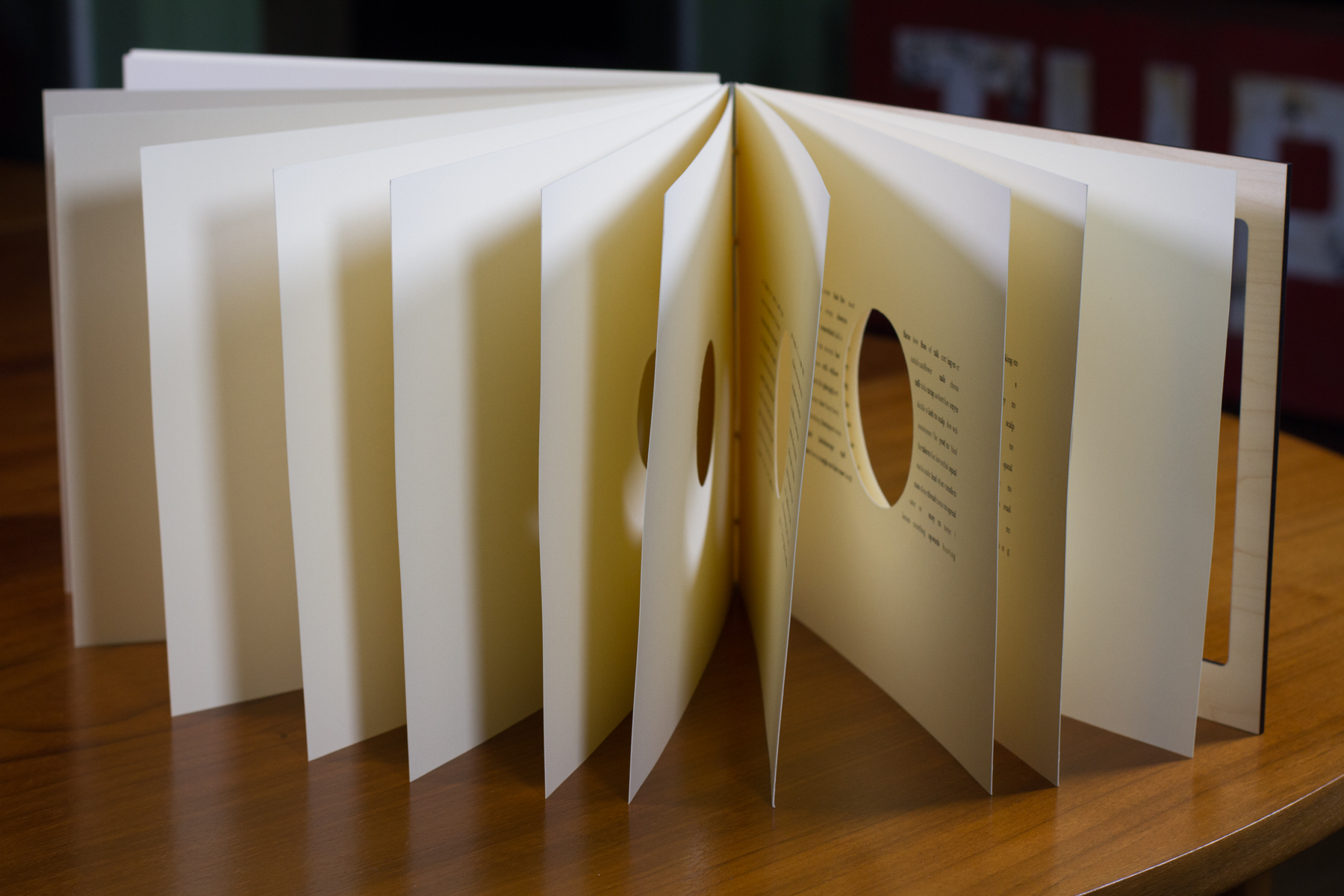
Figure 36. A completed, bound Abra Codex showing the openings at the back of the book.

Figure 37. A completed, bound Abra Codex showing the front and back covers.
The cover of Abra: A Living Text pays homage to the lavish early codex by using opalescent and gold bookcloth and including the title, stamped in gold foil. You may wish to more directly reference the gem-encrusted and foil-bedecked covers of medieval Treasure Bindings by gluing gemstones, painting, or otherwise embellishing the cover.
For inspiration
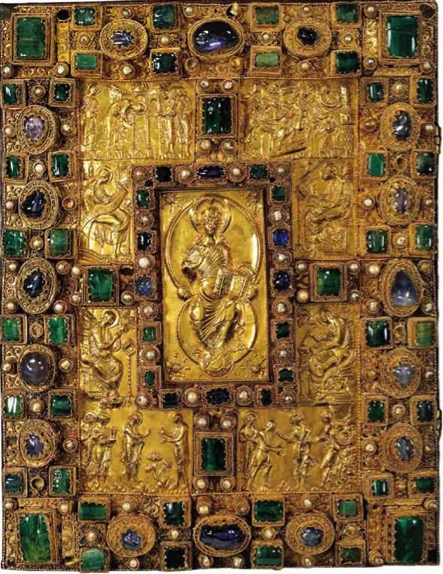
Figure 38. Codex Aureus Sankt Emmeram (ca. 870 CE). See München.
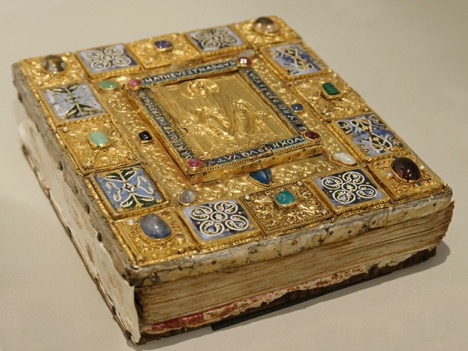
Figure 39. Cover of the so-called Sion Gospels. (German, ca. 1140). Collection of the Victoria and Albert Museum, 1893: purchased by South Kensington Museum. See Nguyen.
Step 6: Reading Abra
Abra is a living text: a collaborative book with multiple embodiments, including a limited-edition artists’ book, a trade edition, a free app, and a performance project—all of which take a long, mutating poem as their starting point, but each of which draws on the affordances of its medium to animate the page and put words in readers’ hands. Because of its intermediality and its direct engagement with textual materiality, Abra’s different embodiments are an invitation to readers to consider the way they relate to the book and the history of reading, from their conception of authorship to their definition of the book via codex form. While we have come to see the book as a fixed artifact—the codex—and to understand it as a one-way vehicle for delivering authorial genius to a receptive readership, the stability and authority of the form are, in fact, illusory: the product of a cultural understanding of the way print enshrines knowledge and establishes value. By binding their own copy of the book, readers can both experience the print-digital interconnection on which this project is founded and further the work’s intention of offering a reader-centered, generative, mutating text whose form is fundamentally unfixed.
Abra began as a page-based poetic inquiry into questions of excess, hybridity, and femininity through a series of baroque and broken poems that conjoin and separate from one page to the next.[2] Through an NEA-funded grant from the Center for Book and Paper Arts, in 2015–2016 we had the opportunity to create an “Expanded Artists’ Book” with a limited-edition, hand-made codex and a freely available iOS app, which can be read separately or together—with an iPad or iPhone inserted into an opening in the back of the volume. Rather than setting up the digital as the end of print or its perfection, our aim was to create a continuous touch-screen interface that invites readers to activate the page with their fingers, just as they would the iPad below. Through the blind printing, thermochromic ink, and laser-cut openings described above, we draw attention to the book as both volume and surface while also alluding to the deep history of the book’s changing form: from cuneiform impression, through manuscript illumination, through print. In the trade edition published by 1913 Press, the poems and illustrations mutate on the page like a flip-book as the reader riffles through them.
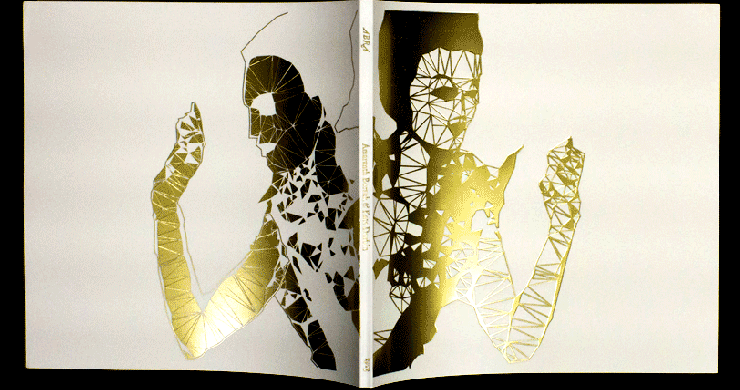
Figure 40. Animation demonstrating the flip-book illustrations and mutating text of Abra (1913 Press).
In each of its embodiments, Abra reminds readers of the interactivity inherent in the book, something we tend to think of only when encountering children’s literature.
With these two linked formats, Abra takes part in two major traditions of the artist’s book as defined by book artist and scholar Johanna Drucker. The limited-edition book, letterpress-printed and bound by hand in a very small print run, might be read in the tradition of the “rare and/or auratic object,” the artist’s book that wears an aura of uniqueness through its fine production and its aesthetics (Drucker 93). With minimalist design that obliquely references different moments in the history of the book, it presents itself as a highly refined object whose form and content both contribute to the work’s meaning. In particular, its design as a magical spellbook highlights its auratic status:
They seem to bear meaning just in their being, their appearance, and their form through their iconography and materials. It is as though they have been imbued with a power which animates them beyond their material limits generating a metaphysically charged atmosphere which surrounds the work. (Drucker 94)
Alongside this limited-edition object, however, the free app operates in a different tradition, that of the “democratic multiple,” or the artist’s publication designed to subvert art-world hierarchies and circulate outside the gallery system at a reasonable price (Drucker 69). While it is only available on Apple devices at this juncture due to the specifics of our grant and the limitations of programming for iPad outside Objective-C, the code behind Abra: A Living Text is open source: anyone who wishes can download and adapt as they see fit. We wanted to ensure that within the App Store ecosystem, the work would be accessible across a range of screen sizes and devices, casting as wide a net as possible. The app contains all of the text in the artist’s book, but it uses the affordances of the digital touch-screen interface to set the book’s mutation in motion in unpredictable ways.
As soon as readers open the app, the text begins changing before their eyes (a setting called “autonomous mutation” that can be turned off in the app’s toolbar). The poem as written by Borsuk and Durbin refuses the constraints of their authorship, gradually changing as words recede and are replaced with new ones that bear a passing resemblance to what was there before. Using a menu of tools that reference this “living” text, readers “mutate” the poem, causing each word they touch to transform into another from elsewhere in the work’s corpus. They can also “prune” language away, making each word they touch disappear and closing the gaps left behind by their absence. They can even “graft” new words into the text, entering terms and phrases into a text box and then inserting this language into the body of the poem by running their finger across the screen. Abra adds this vocabulary to its lexicon and integrates these grafted words into its mutation, returning them to readers over time and deepening their ability to personalize this text using not only their unique discourse, but also any linguistic character set on their device. Readers can also “erase” words, making holes in the text like those in the artists’ book, and cast a magic spell with the “cadabra” button, which makes the poem behave unpredictably using a repertoire of tricks triggered by the language onscreen. And as Apple updates its operating system, Abra adapts with it, learning new behaviors like mutating from words into emoji and back again. Lest we imagine that the digital incarnation of Abra is more archival or permanent than the material, it is worth noting that Apple’s updates can also break the app, a situation to which Ian Hatcher responds as quickly as possible, but one that suggests we won’t be able to maintain Abra forever.
In essence, Abra is a performative text that takes shape in the reader’s hands. Whether they are erasing words from the app and teaching it new language, or they are turning the pages of the printed book, Abra’smeaning is unstable and is only fixed at the moment of access. The project is built on the notion of mutability: 1) the mutability of the book itself, a technology that has undergone significant change from the earliest clay tablets to today’s digital ones, encompassing a number of read-write interfaces for transporting texts; 2) the mutability of authorship as a dialectic in which the text’s meaning is activated by the reader, as expressed in Barthes and Foucault’s canonical writings; 3) the mutability of data itself, which undergirds digital works and the code structures on which they depend.[3]
Print creates the illusion of text’s stability, as cultural historian Walter J. Ong has suggested. It “encourages a sense of closure” because it appears final (nothing can be added) and authoritative (a publisher has deemed it worthy of issuing into the world) (Ong 129). When we encounter a print codex, it feels like a fixed, closed environment, in spite of the fact that readers’ usage of such volumes reveals them to be porous and malleable. Our marginalia can annotate the page and talk back to the author, just as those of Renaissance scholars did. The contents of the work can be amended by the publisher via errata slips and by artists via any number of sculptural interventions that deconstruct both the text and the body of the book, for example in Ann Hamilton’s installations Tropos and Indigo Blue, in which the artist burned and rubbed away the surface of the page. The pages of the codex can even serve as filing system or safe for pressed flowers, mementos, and other artifacts of daily life. And the book itself can be bound to make its material remixable and recombinant, as in Raymond Queneau’s Cent Mille milliards de poèmes, a collection of sonnets with the identical rhyme scheme whose interchangeable lines have been sliced apart so that readers can invent their own combinations. The codex is not a fixed form, in spite of the ways it has ossified in contemporary consciousness. It is more appropriately a “material metaphor,” to borrow N. Katherine Hayles’s terminology, “an artifact whose physical properties and historical usages structure our interactions with it in ways obvious and subtle” (Hayles 22), but that can shift with the needs of writers and readers.
American book culture tends to treat reading as a passive experience: one in which authorial genius is delivered to the reader in a handily portable package. Although some books operate under this presumption, no book truly offers a one-way experience—reading itself is always a meaning-making performance, and one that requires the body of the reader, the body of the book, and the body of the text to come together. Abra foregrounds materiality to remind us reading is always active and multimodal, engaging both hand and eye—whether one is holding a codex or an iPhone. Our hope is that in binding their copy of The Abra Codex, readers will see these bodies anew and consider the ways their interfaces circumscribe our ideas about authorship, reading, and the future of the book. Just as the app provides a toy for generating new poems and personalizing the text, the book does so as well, inviting readers to become illuminators, annotators, commonplacers, and alterers, and in so doing make the text their own. By inserting themselves into the lineage of the book, perhaps readers will see its interfaces anew and mark the ways all books belong to their readers.
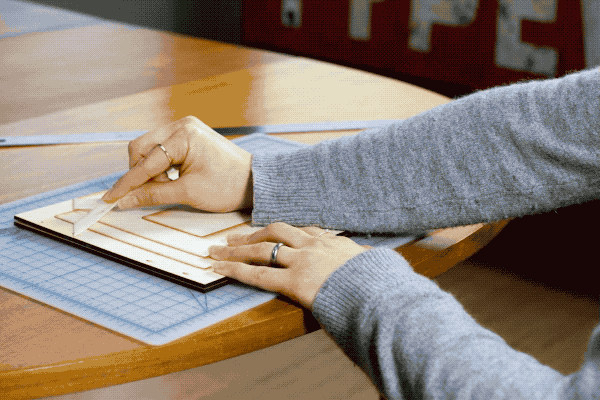
Figure 41. The complete process of binding The Abra Codex, animated via time-lapse.
[1] For additional binding styles and cover options, this volume in his series Non-Adhesive Binding is essential reading. See “My Books.”
[2] Those interested in reading more about the project’s history and materiality, see Amaranth Borsuk et al.’s ABRA.
[3] With its interest in mutation and mutability and its book-safe format, Abra is in dialogue with an germinal work of electronic literature: William Gibson’s Agrippa: Book of the Dead, released in 1992 as an artist’s book whose pages were designed to blacken over time and whose back cover held a floppy disk of the titular poem: a work designed to scroll across the screen once before becoming corrupted and permanently ineligible. Interested readers can explore a wealth of archival material around Agrippa at “The Agrippa Files” a research website produced by scholars in the Transcriptions Project at the University of California, Santa Barbara.
“Abra: a living text.” App Store, 2017, https://itunes.apple.com/us/app/abra-a-living-text/id969877028?mt=8.
“The Agrippa Files.” Transcriptions Project at U of California, Santa Barbara, University of California, Santa Barbara. http://agrippa.english.ucsb.edu.
Barness, Jessica, and Amy Papaelias. “Critical Making: Design and the Digital Humanities.” Visible Language, vol. 49, no. 3, 2015.
Barthes, Roland. “The Death of the Author.” Image–Music—Text. Translated by Stephen Heath, Fontana P, 1977.
Borsuk, Amaranth, et al.“Abra: Expanding Artists’ Books into the Digital Realm.” Gramma: Journal of Theory and Criticism, vol. 23, 2016, http://ejournals.lib.auth.gr/gramma/article/view/5407/5300.
Borsuk, Amaranth, Kate Durbin, and Zach Kleyn, ABRA. 1913 Press, 2016.
“Compare iPad models.” Apple, https://www.apple.com/ipad/compare/.
“Compare iPhone models.” Apple, https://www.apple.com/iphone/compare/.
Drucker, Johanna. The Century of Artists’ Books. Granary Books, 1994.
Foucault, Michel. “What Is an Author?” reprinted in Aesthetics, Method, and Epistemology. Edited by James D. Faubion. Translated by Robert Hurley, The New Press, 1998.
Gibson, William, et al., Agrippa (A Book of the Dead). Kevin Begos Jr., 1992.
Hamilton, Ann. “Indigo Blue.” Ann Hamilton Studio, May 4, 1991, https://www.annhamiltonstudio.com/projects/indigoblue.html
---. “Tropos.” Ann Hamilton Studio, Oct. 7, 1993, https://www.annhamiltonstudio.com/projects/tropos.html
Hayles, N. Katherine. Writing Machines. MIT P, 2002.
München, Bayerische Staatsbibliothek. “Codex Aureus Sankt Emmeram.” Wikimedia Commons, https://commons.wikimedia.org/wiki/File:Codex_Aureus_Sankt_Emmeram.jpg.
Nguyen, Marie-Lan. “Sion gospels VandA 567-1893 n01.” Wikimedia Commons, https://commons.wikimedia.org/wiki/File:Sion_gospels_VandA_567-1893_n01.jpg.
Ong, Walter J. Orality and Literacy: The Technologizing of the Word. Routledge, 2002.
Queneau, Raymond. One Hundred Million Million Poems. Translated by J. Crombie. Kickshaws Press, 1983.
Smith, Keith. “My Books.” Keith Smith Books, http://www.keithsmithbooks.com.
---. Volume IV Non-Adhesive Binding: Smith’s Sewing Single Sheets. Keith A. Smith, 2001.